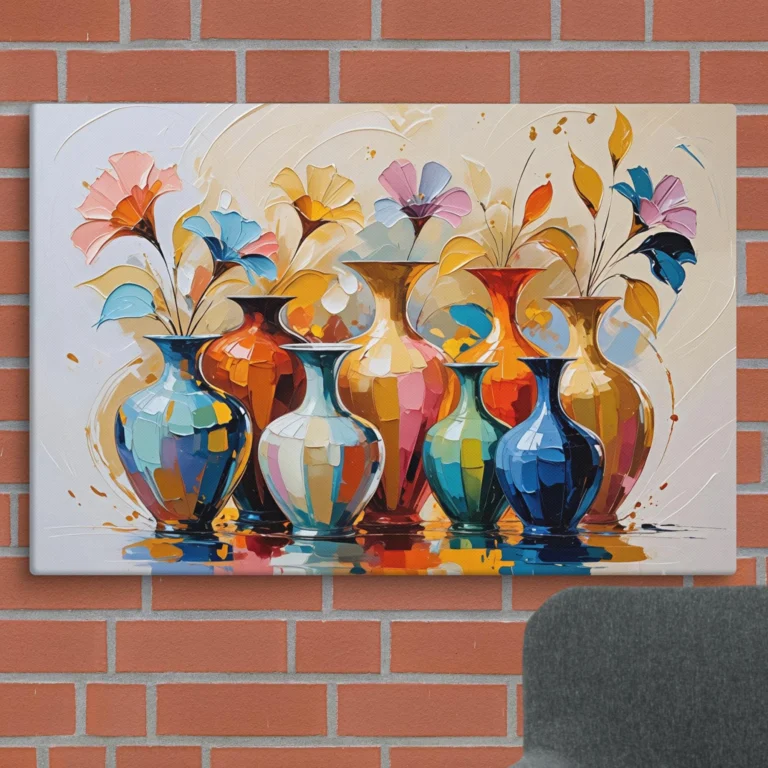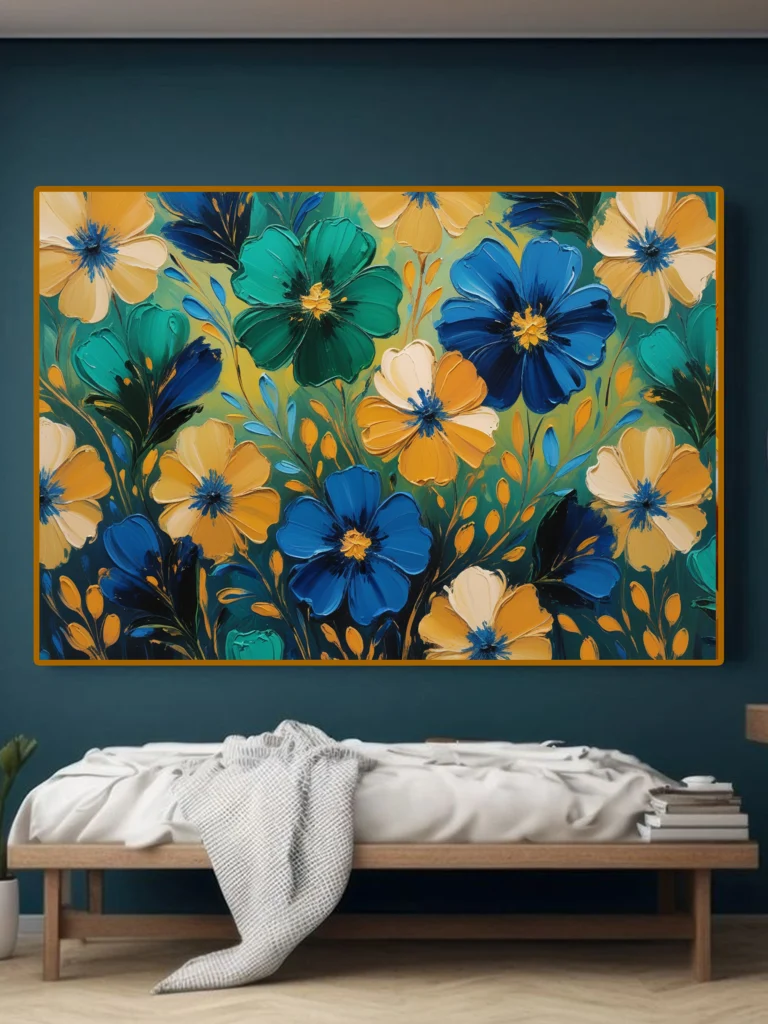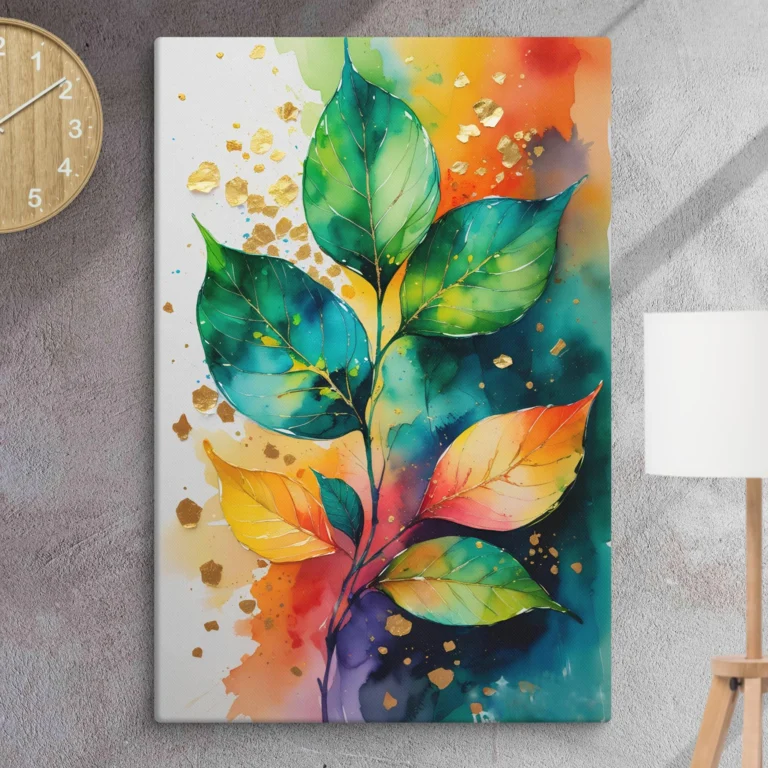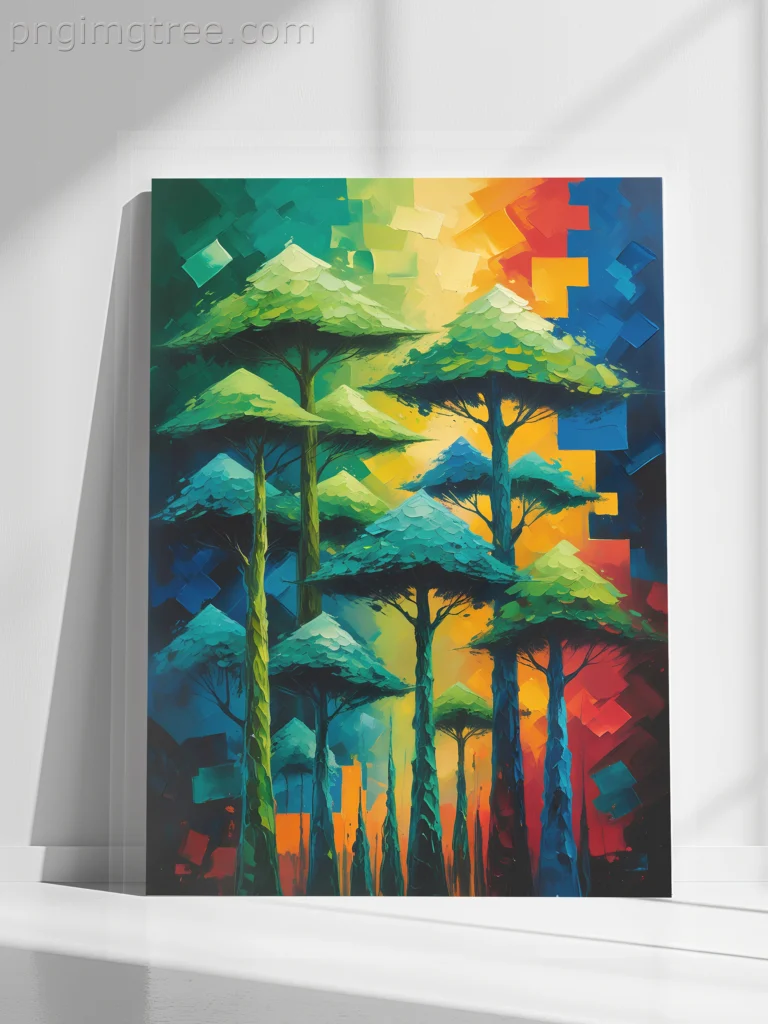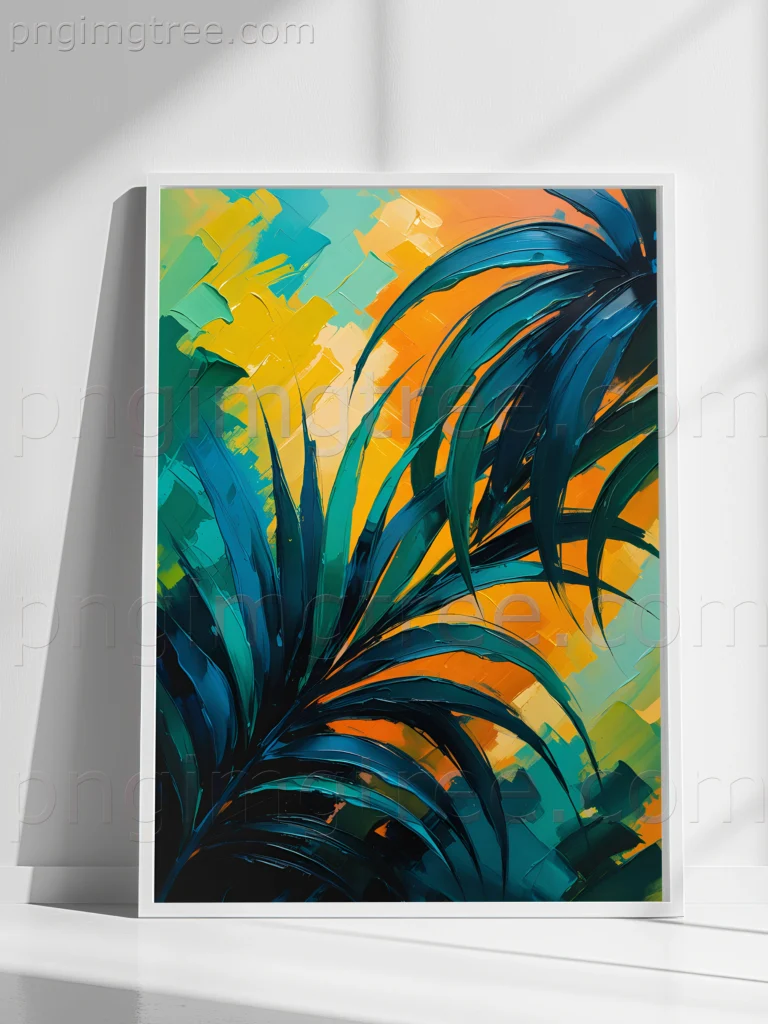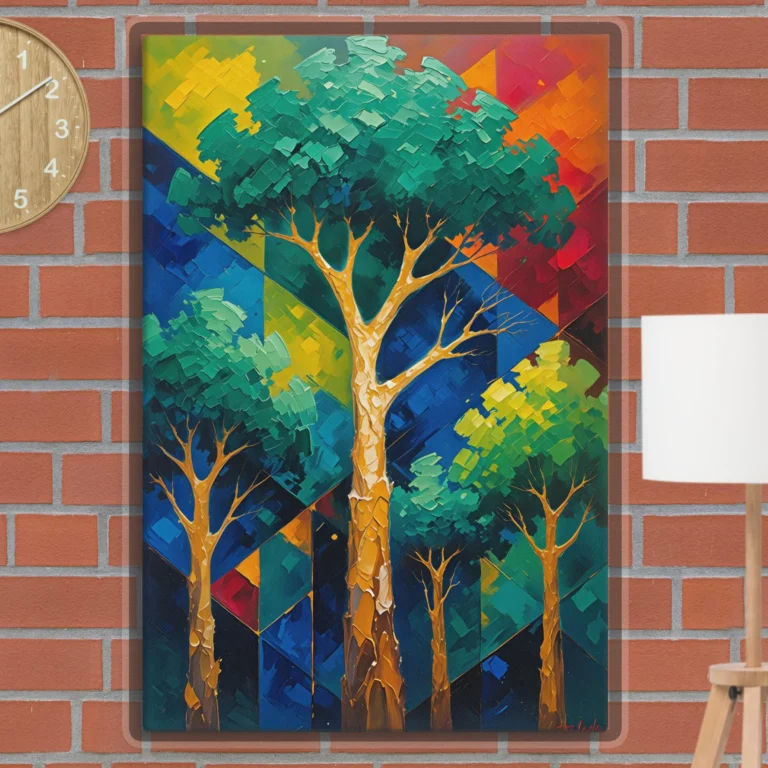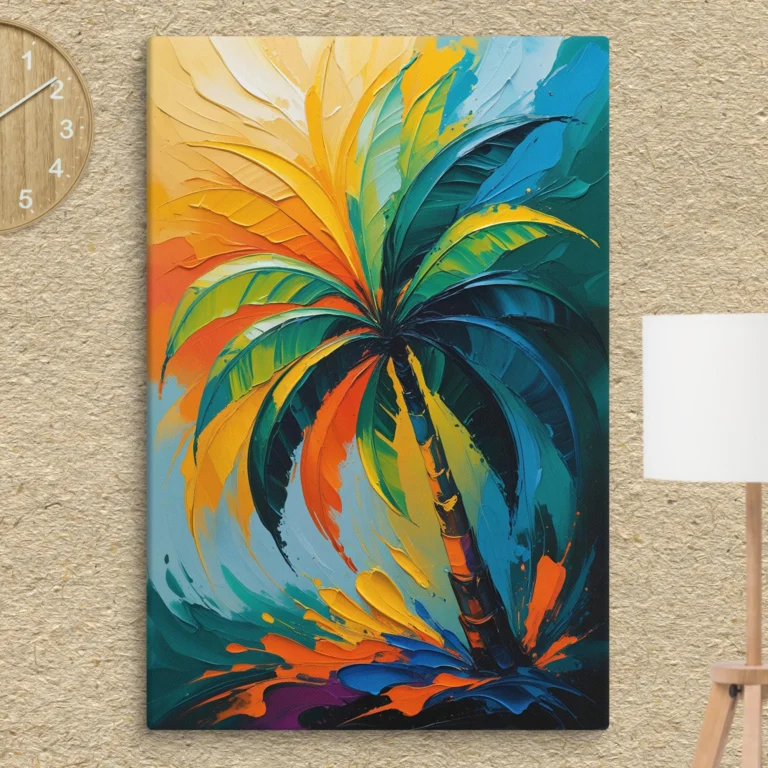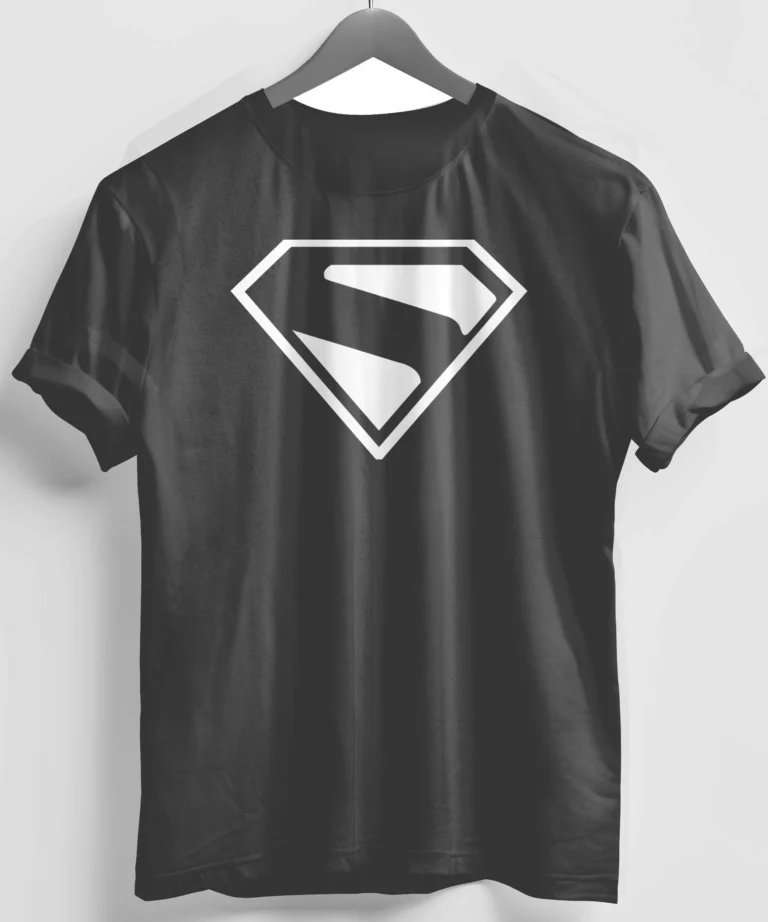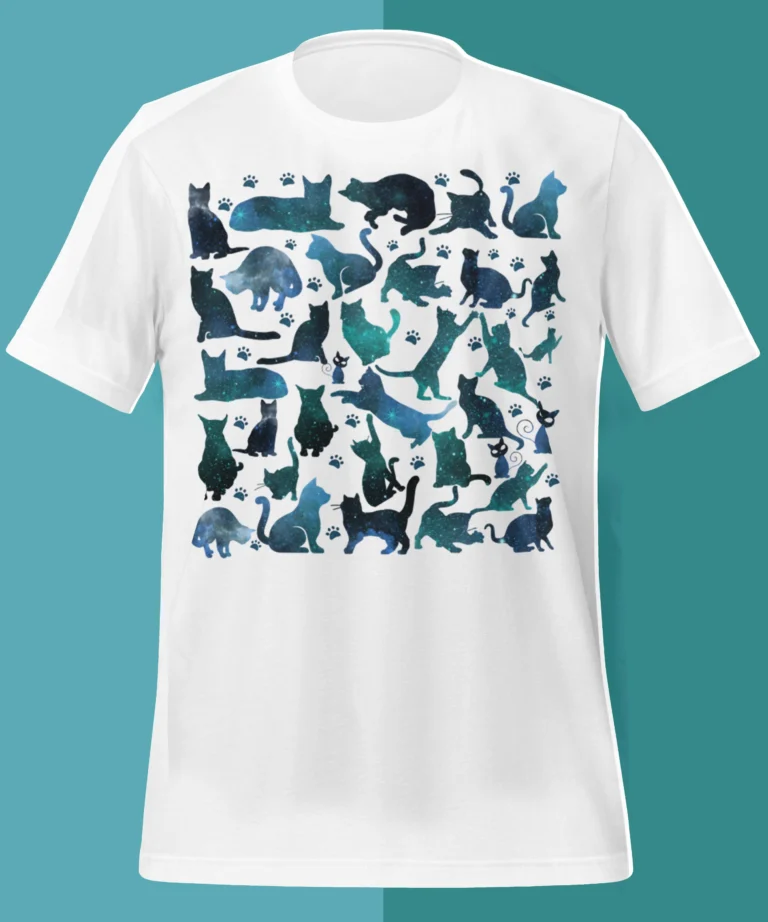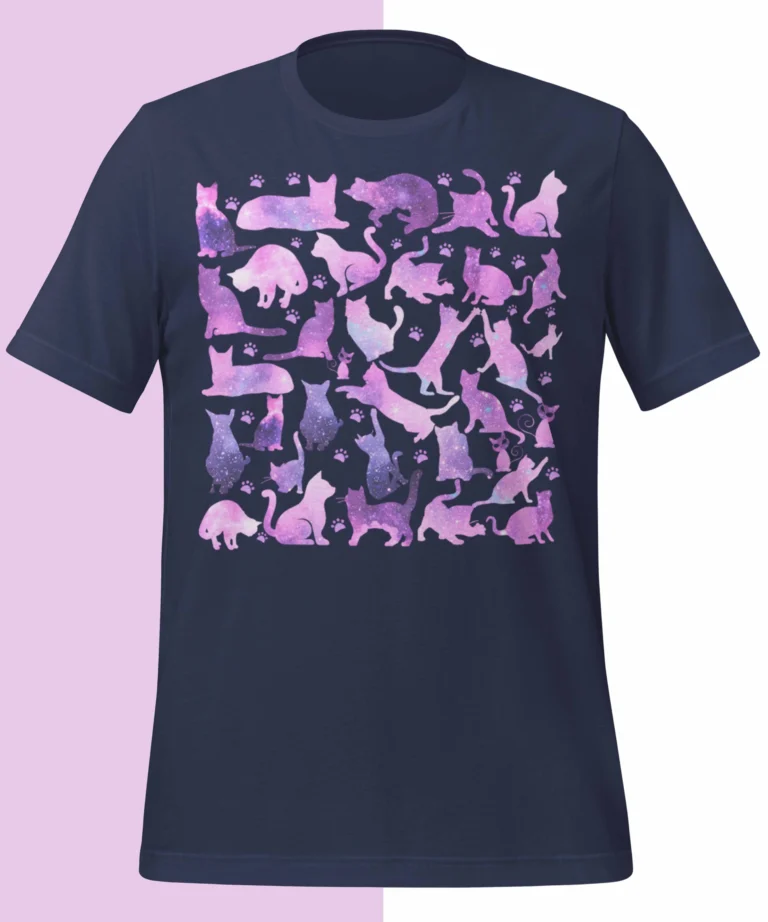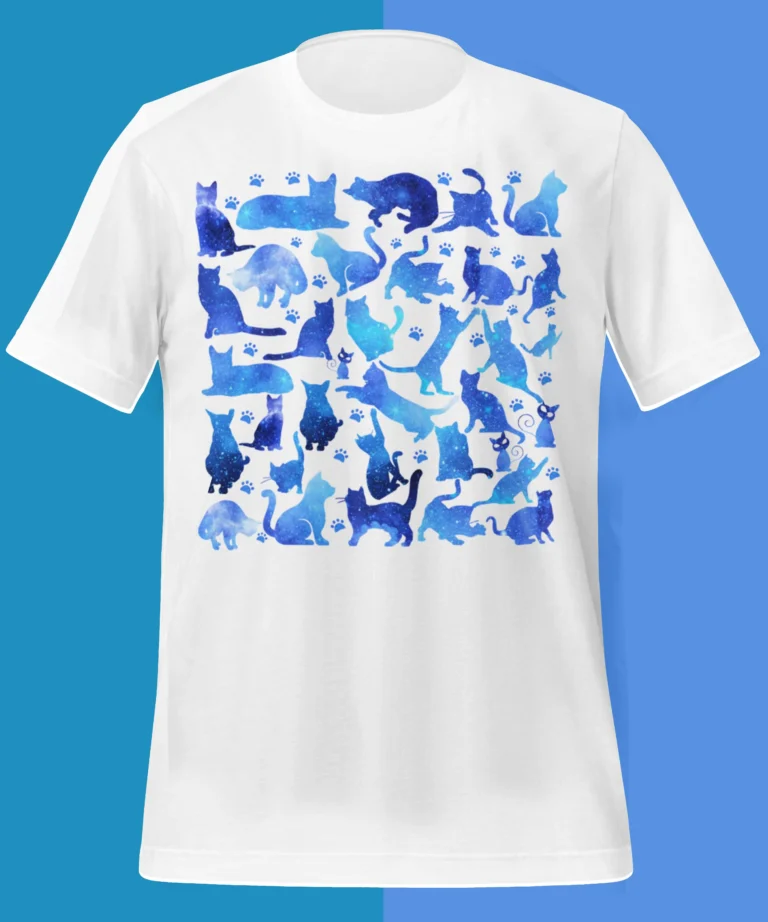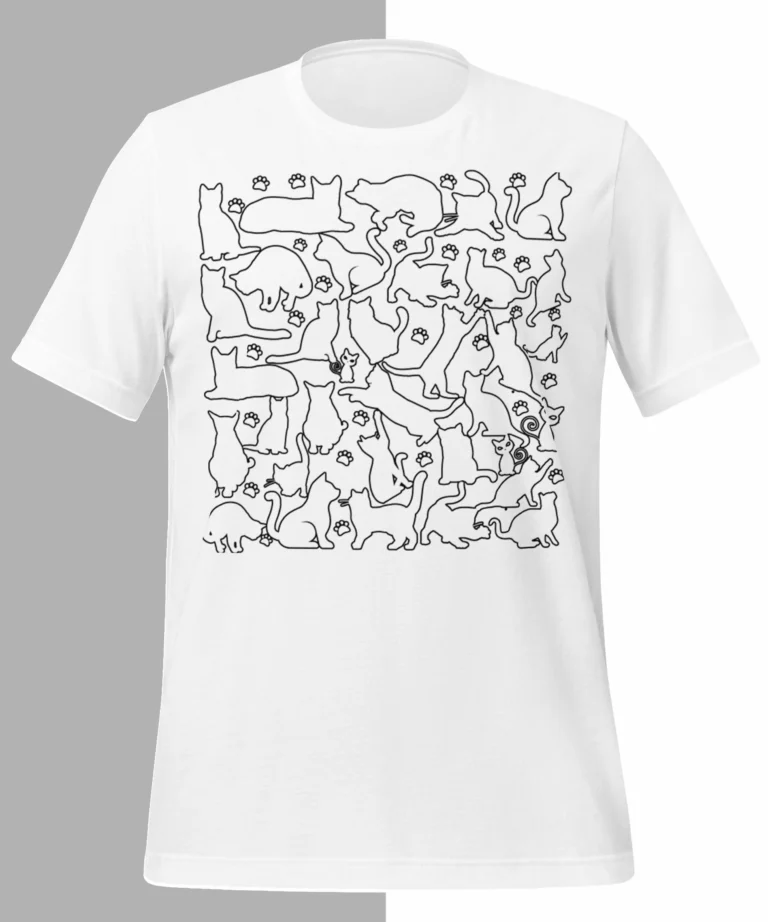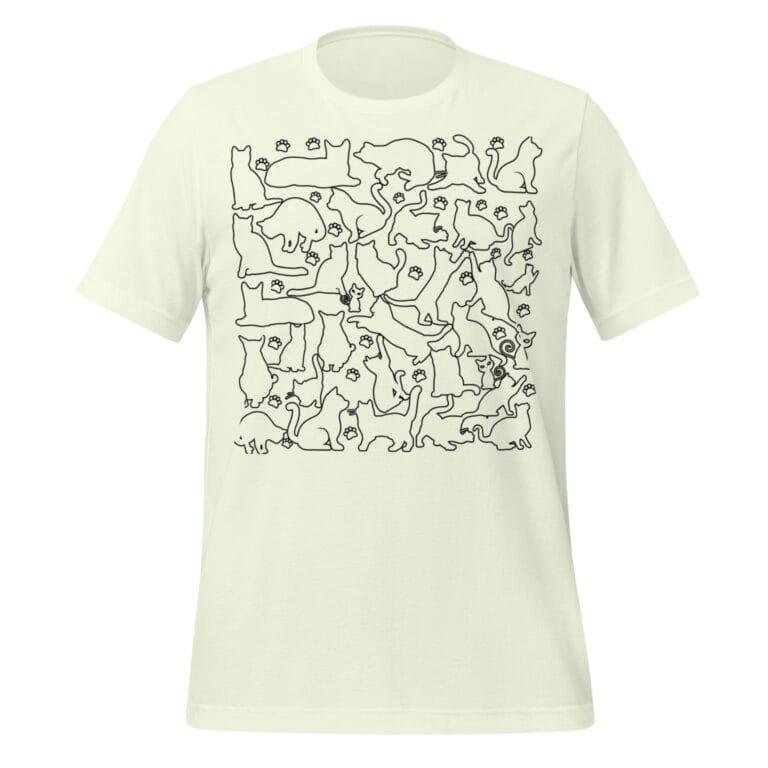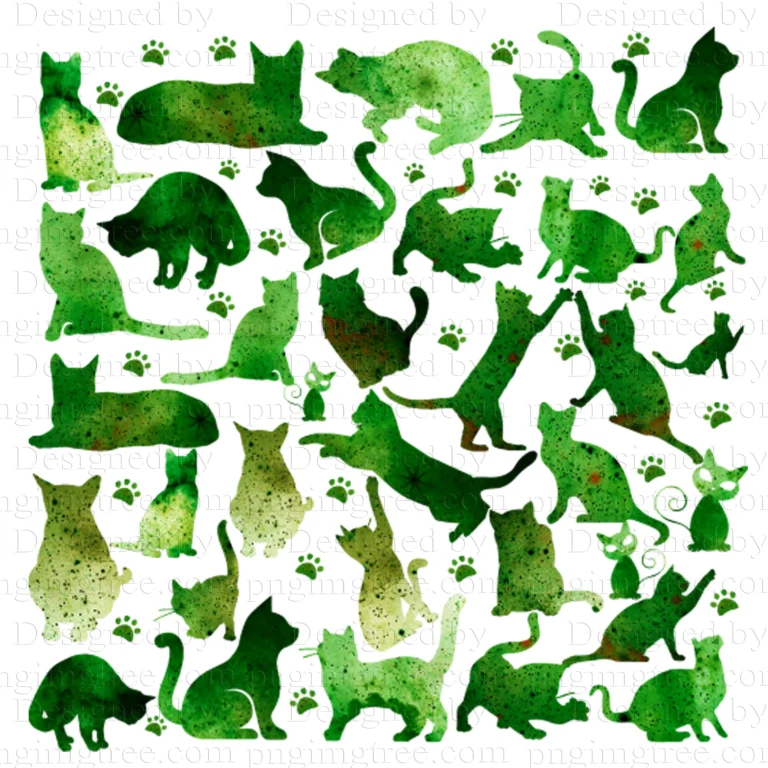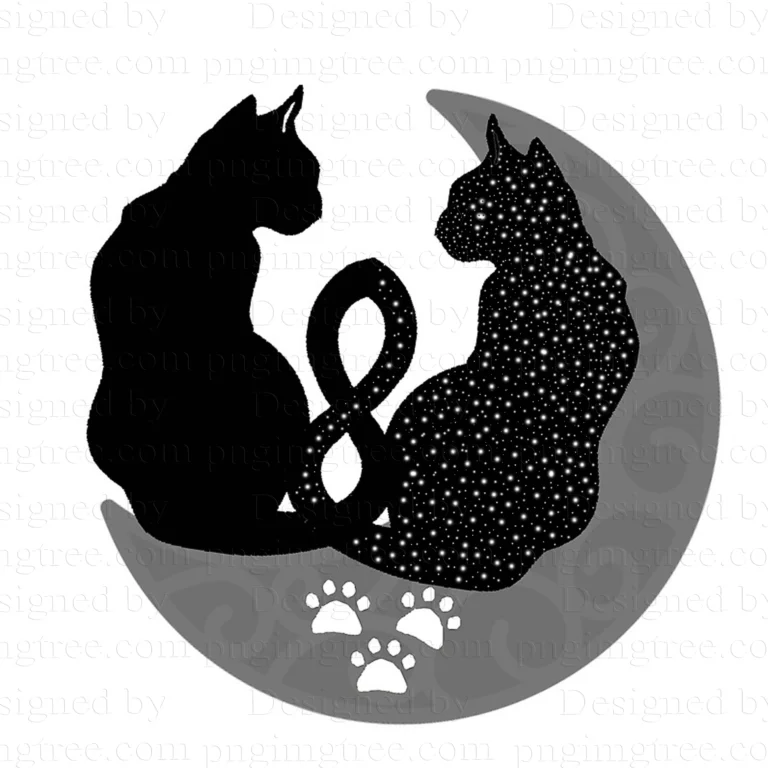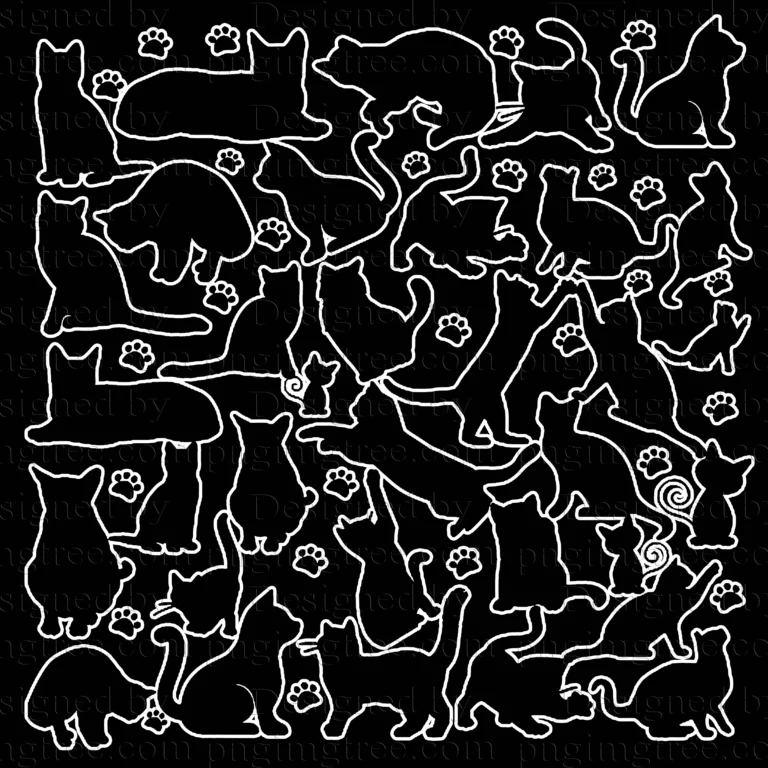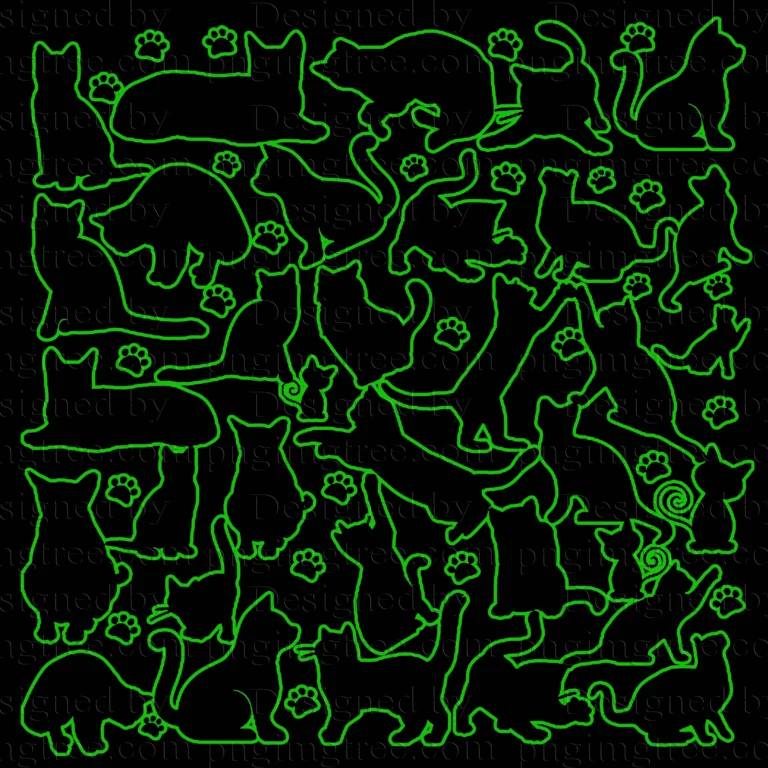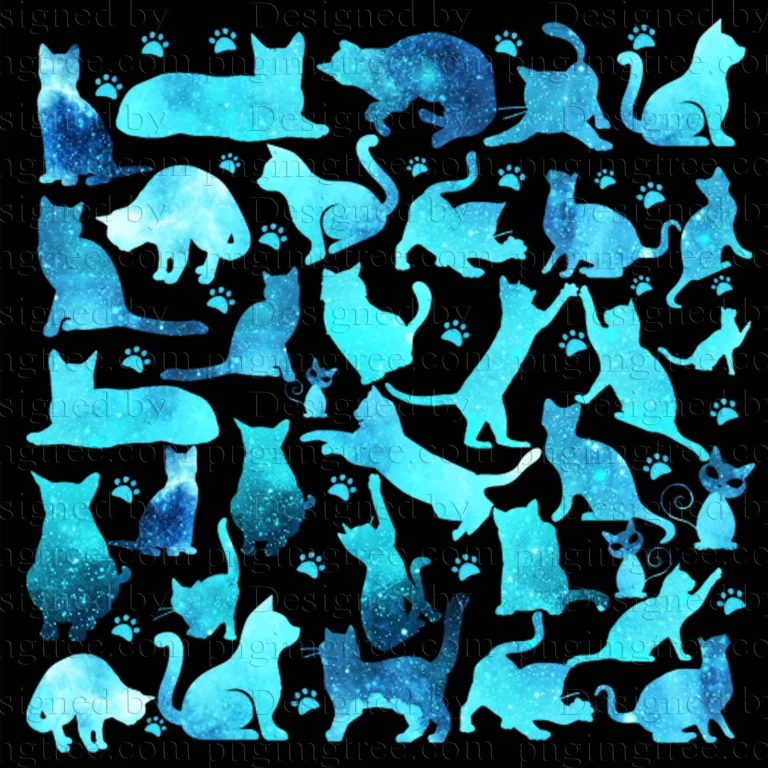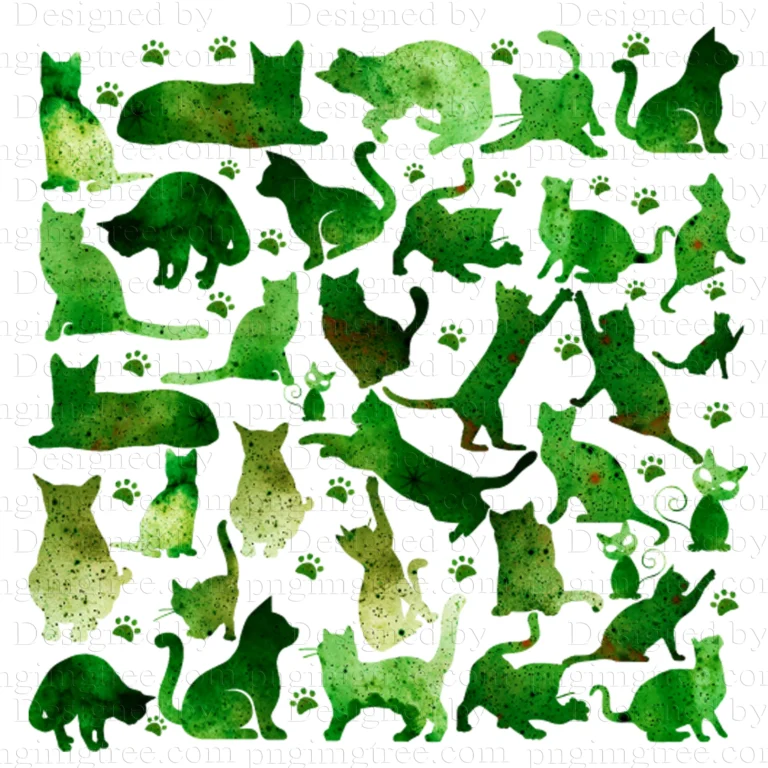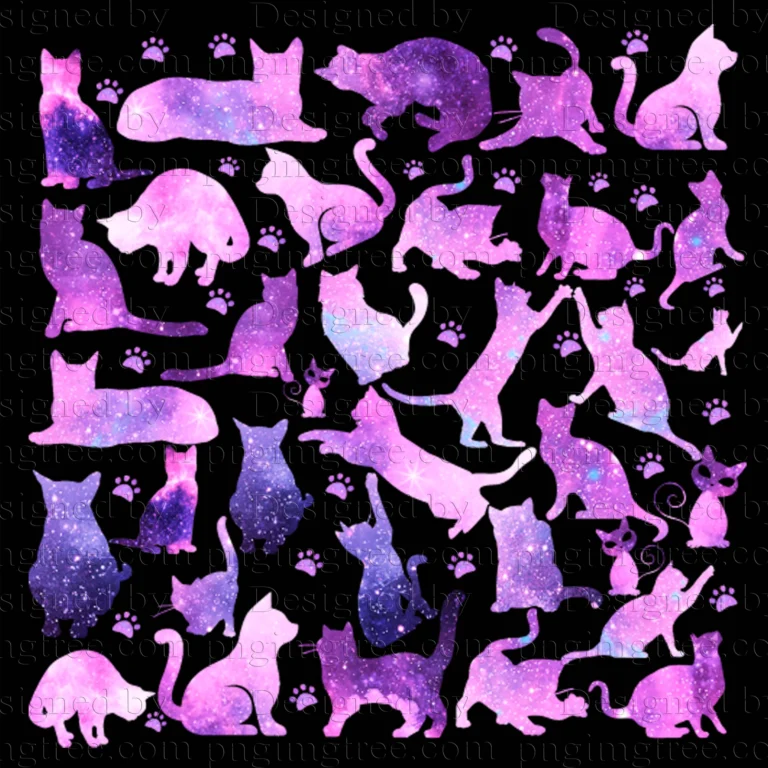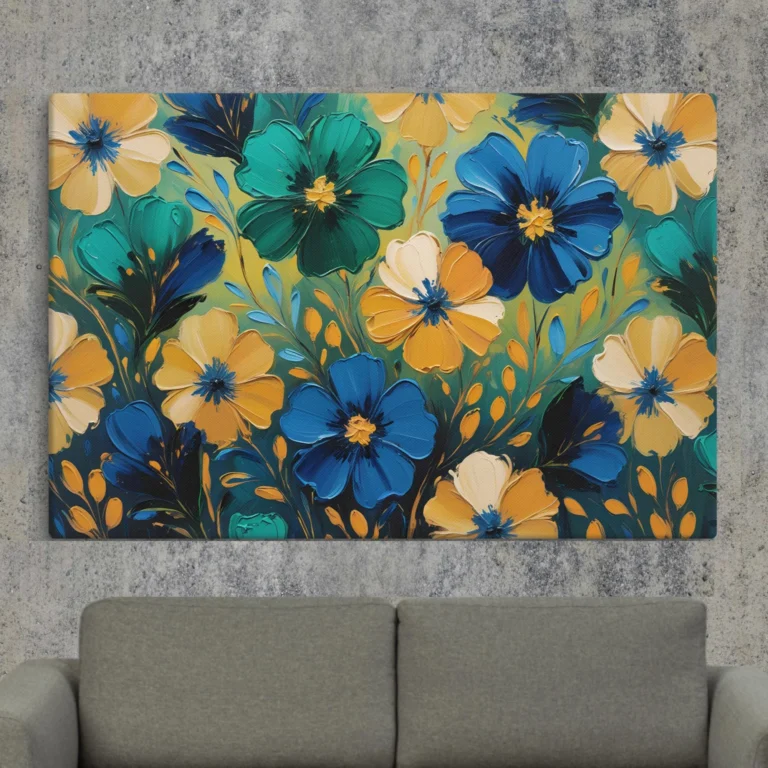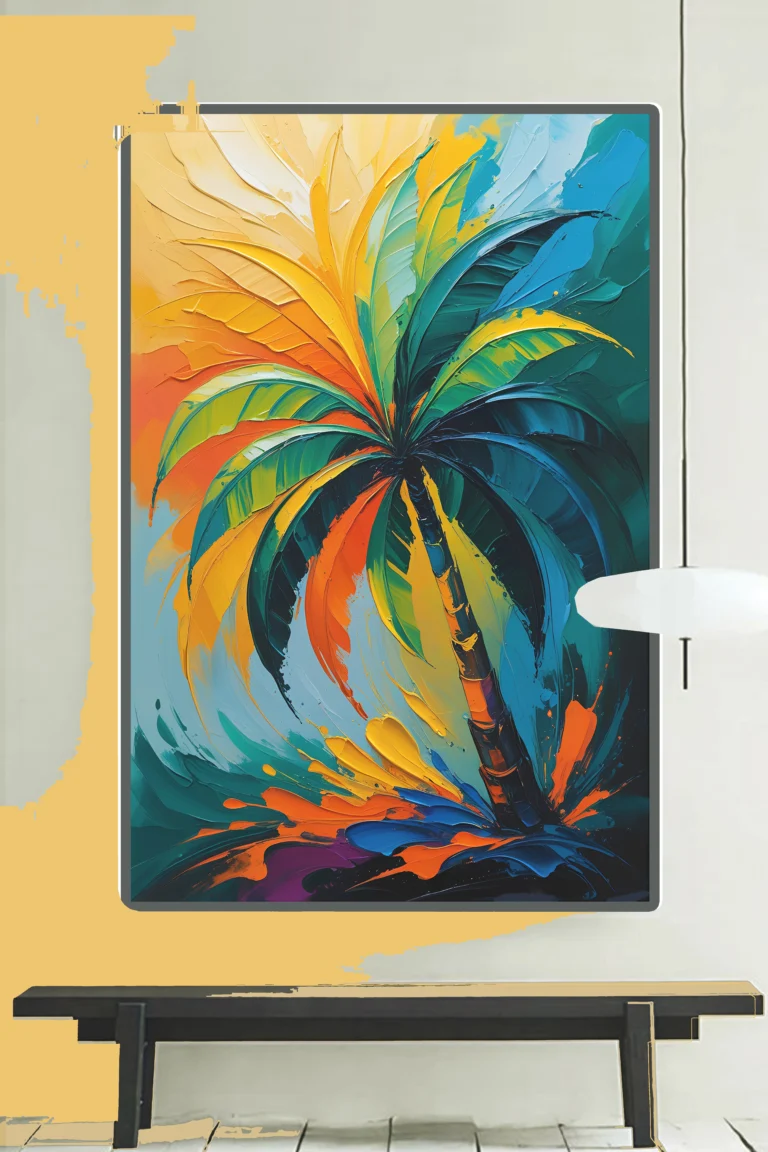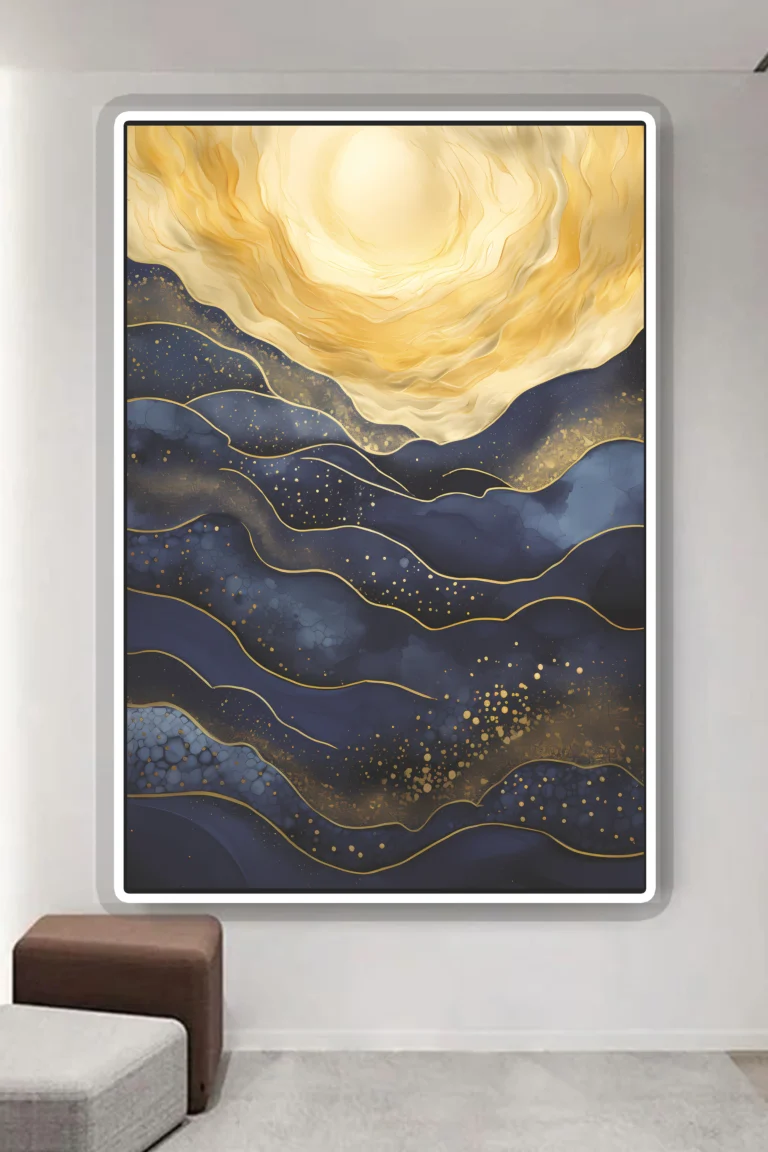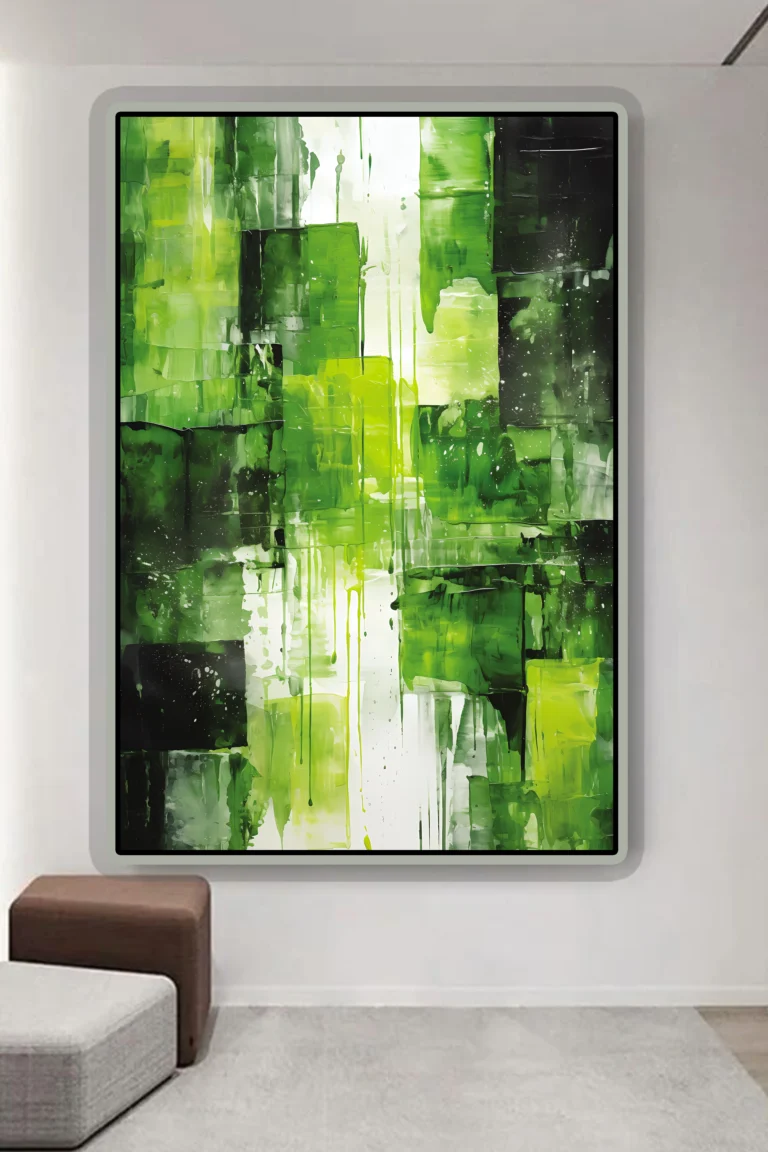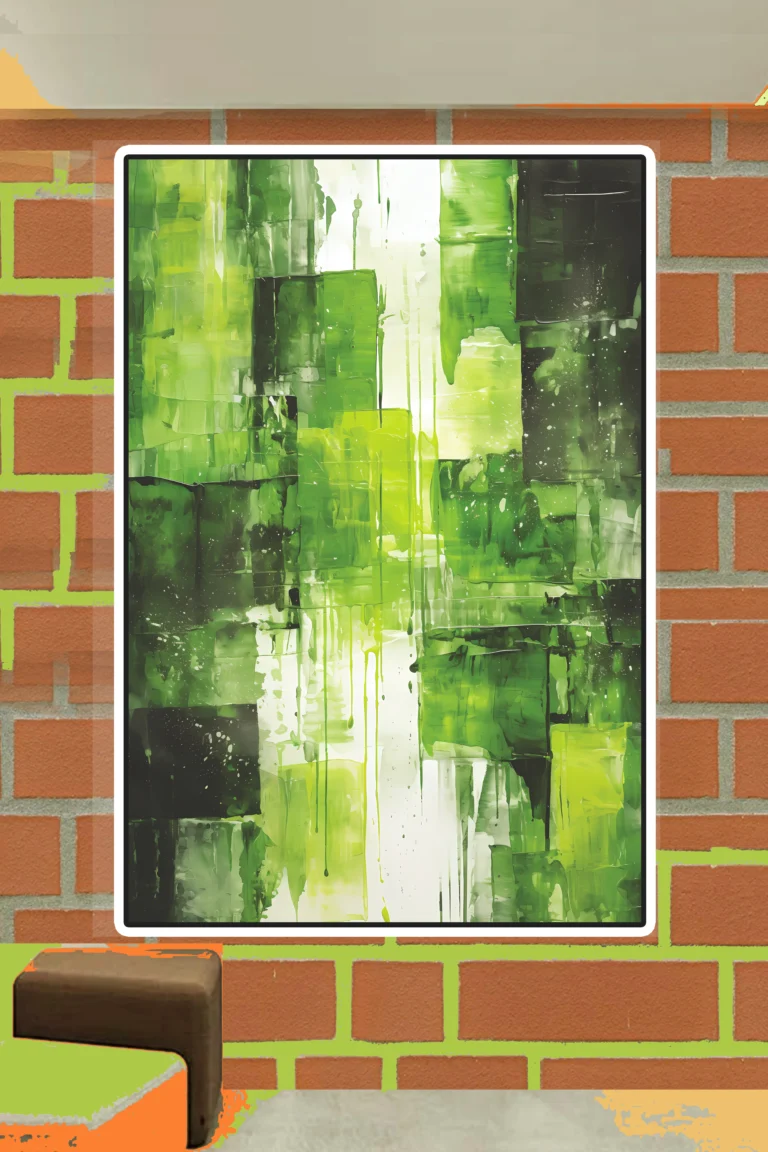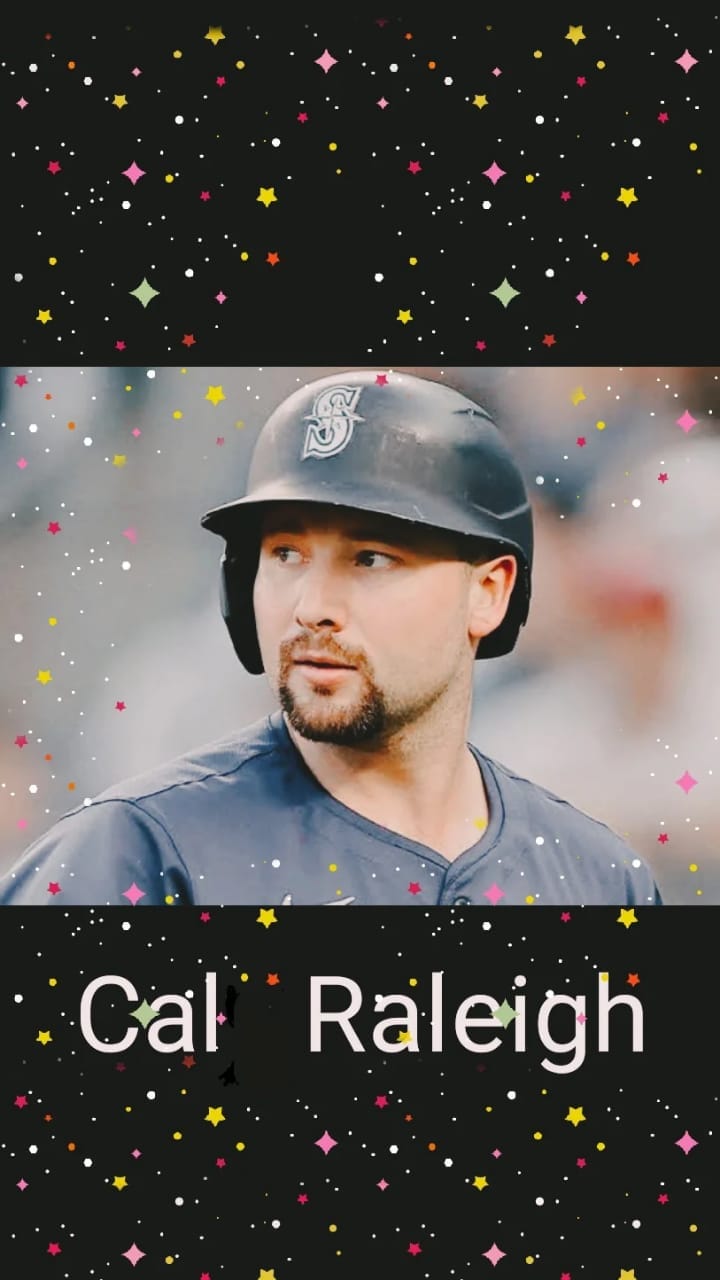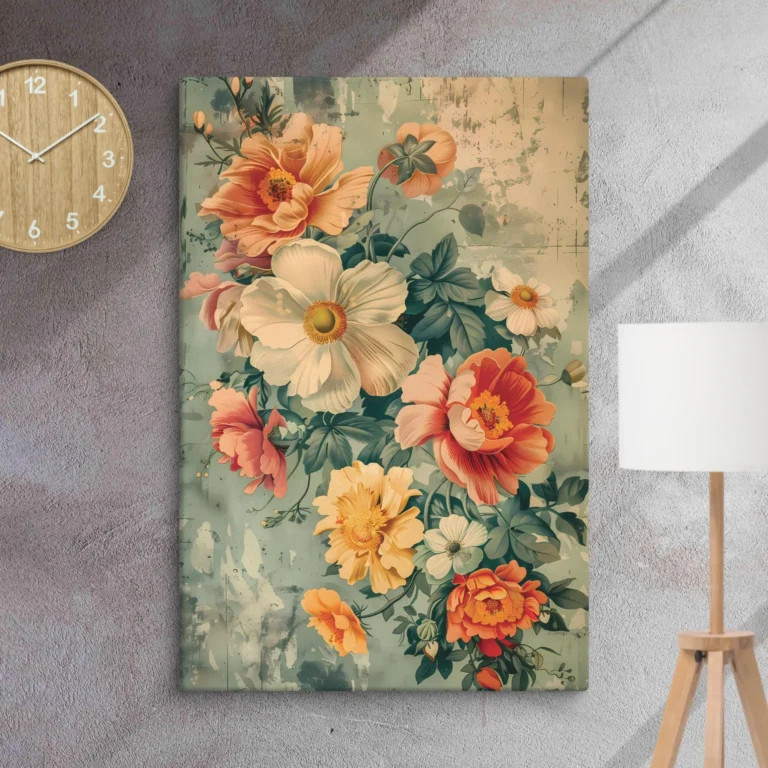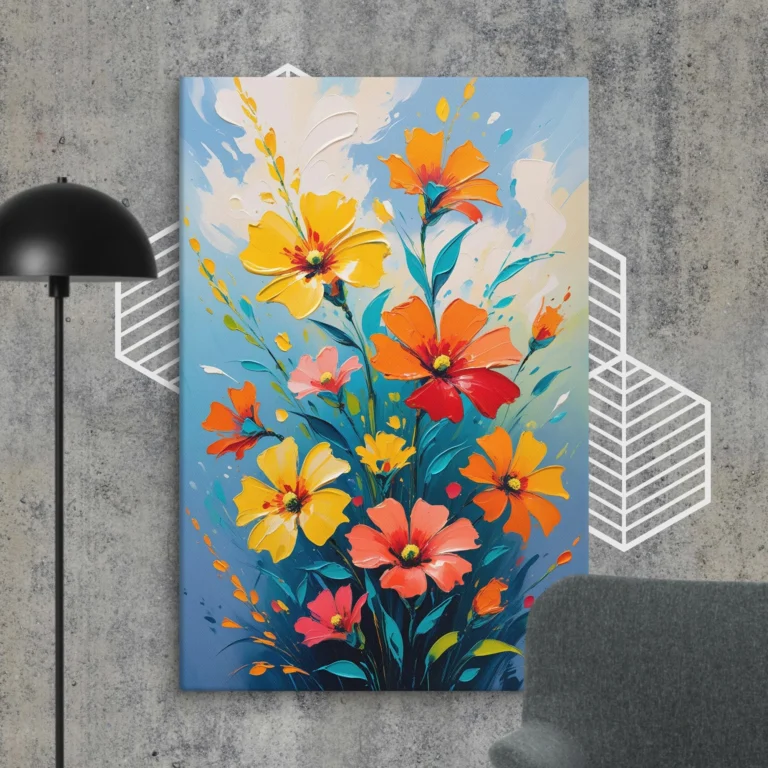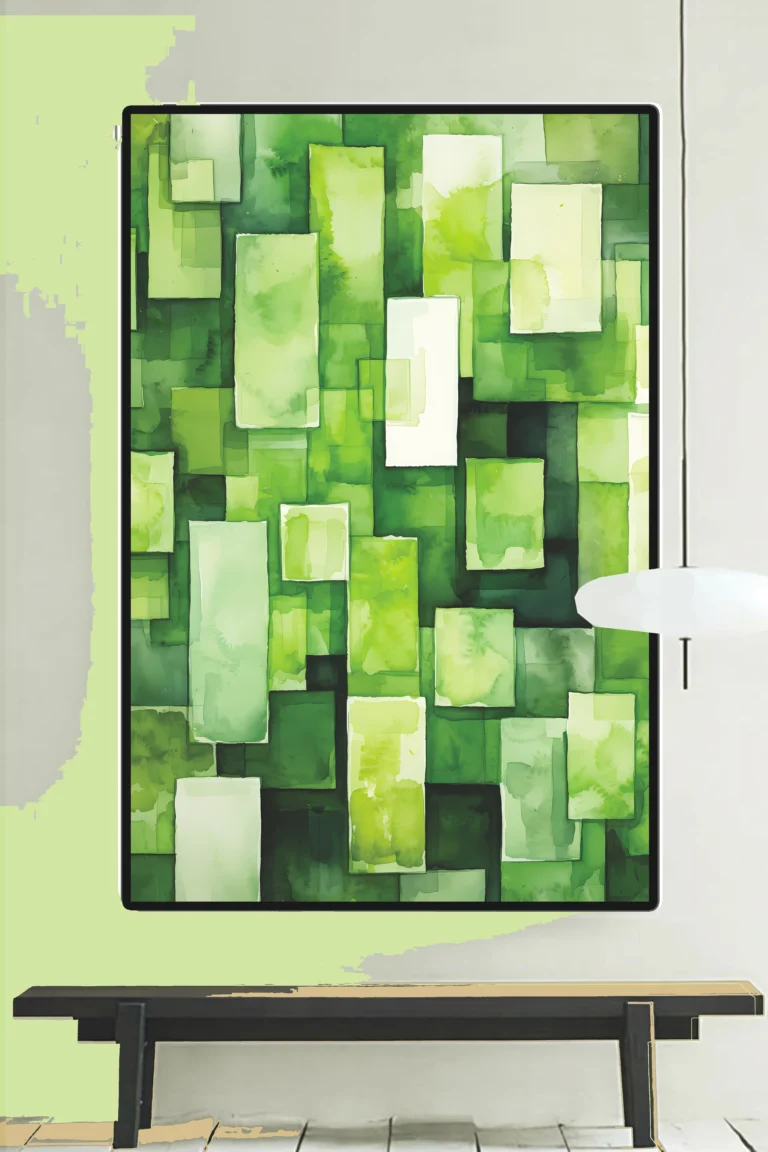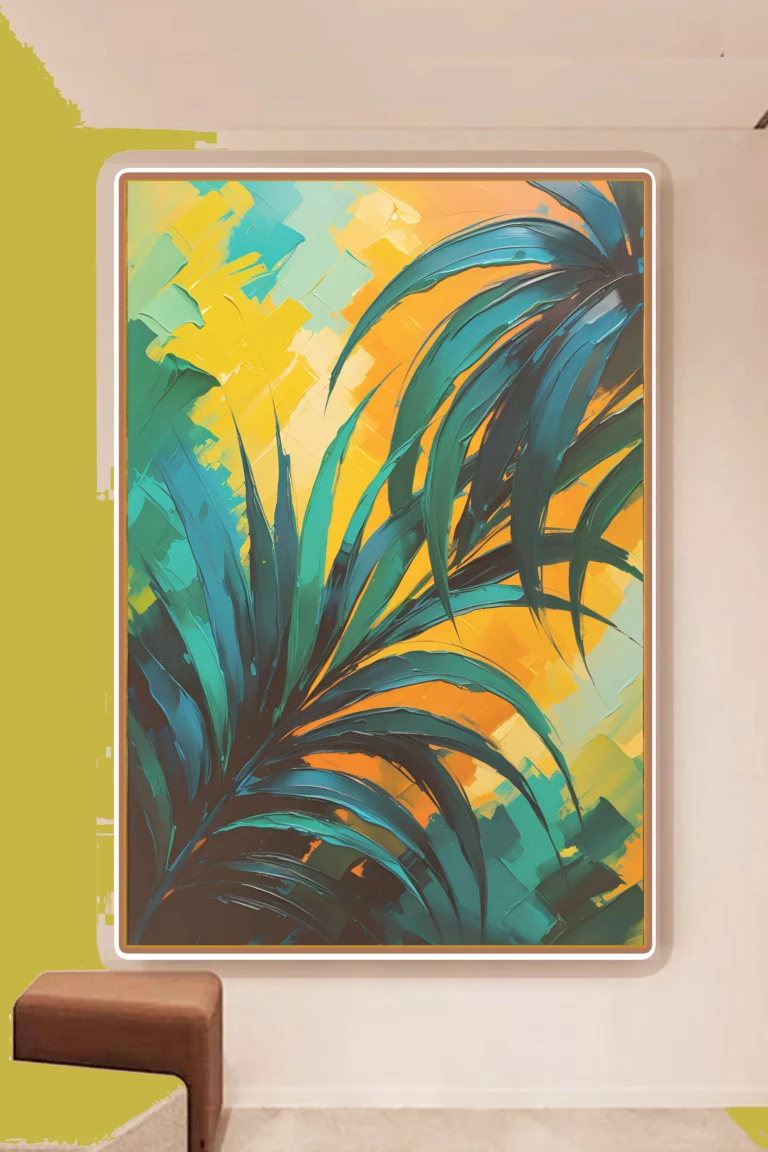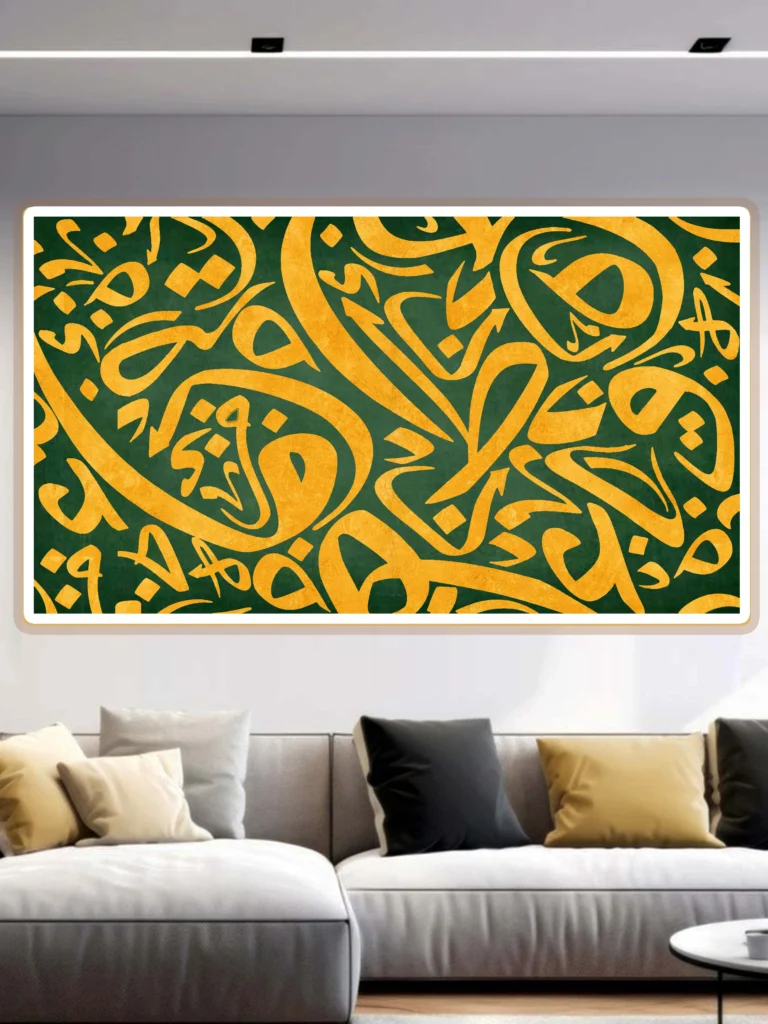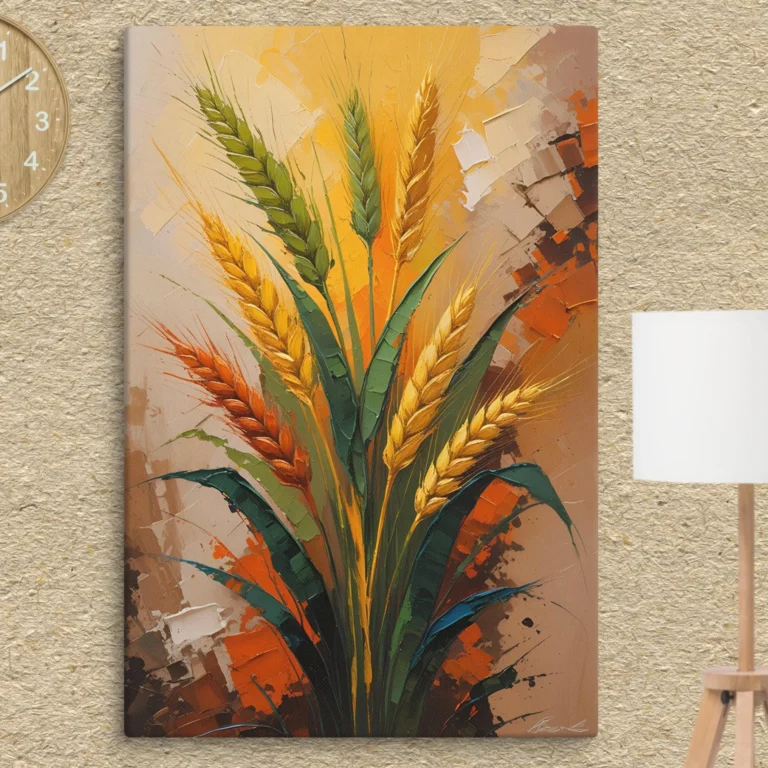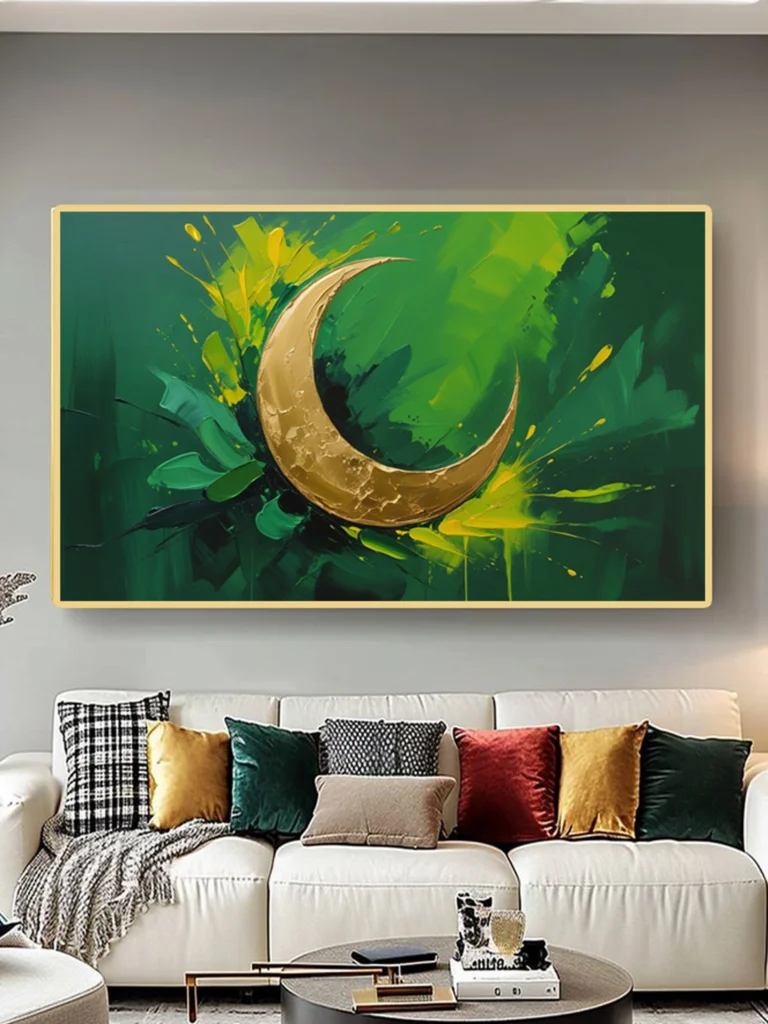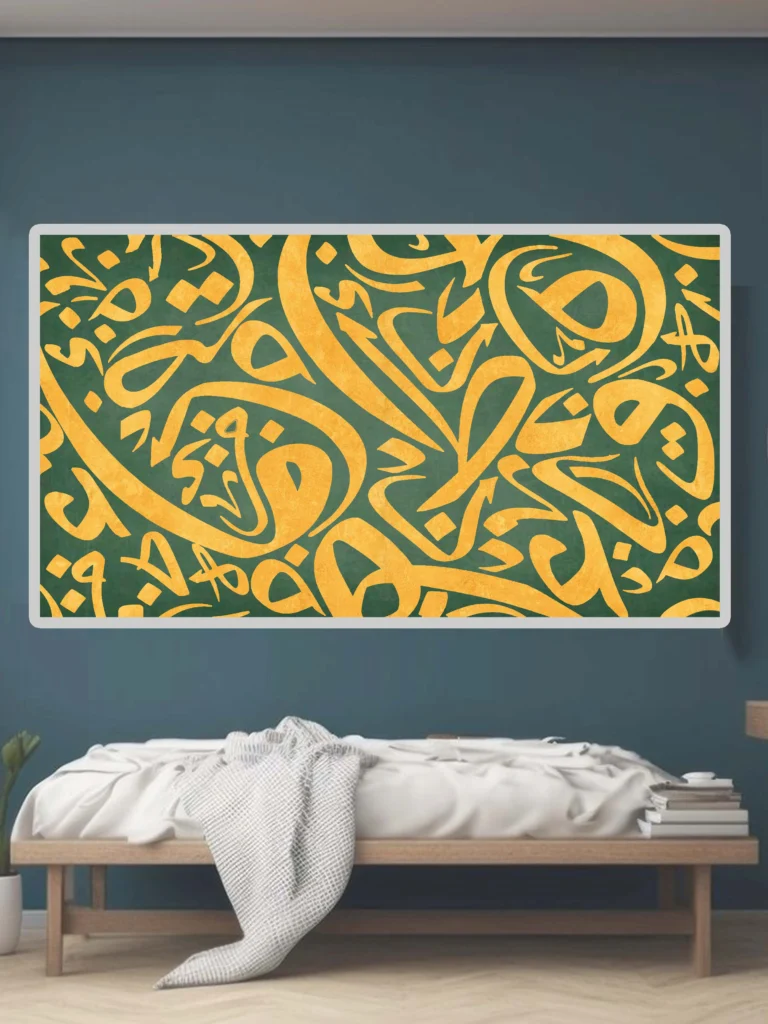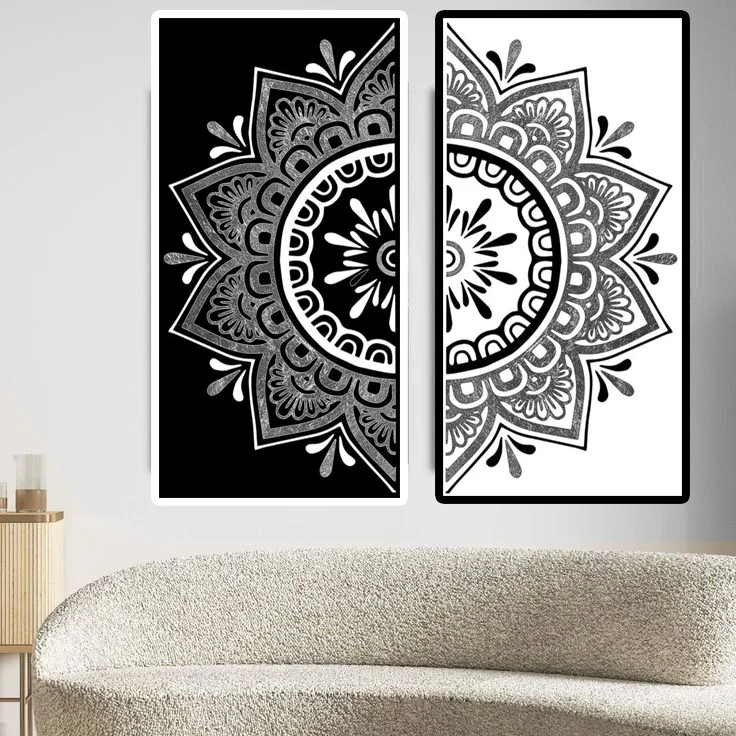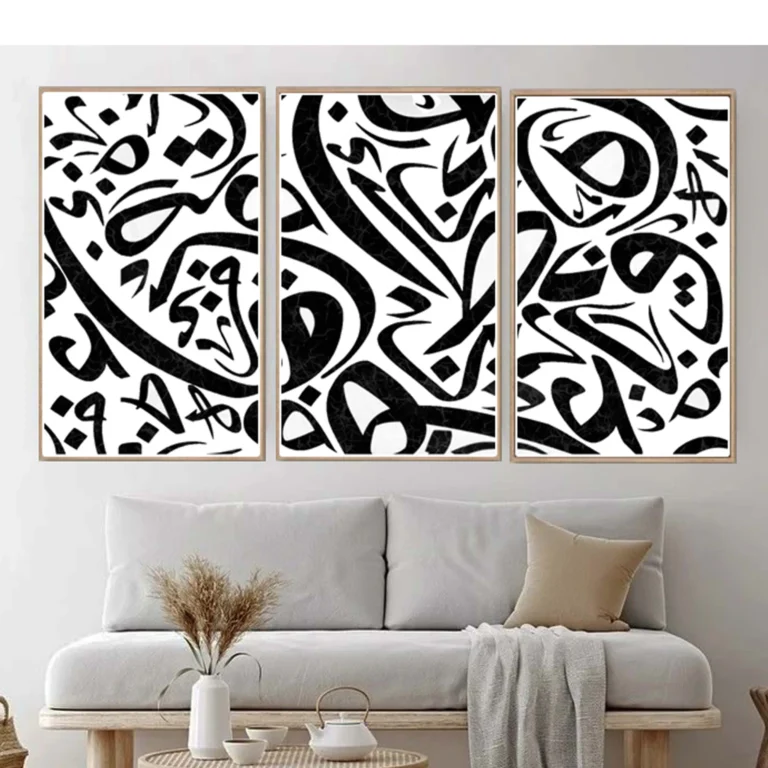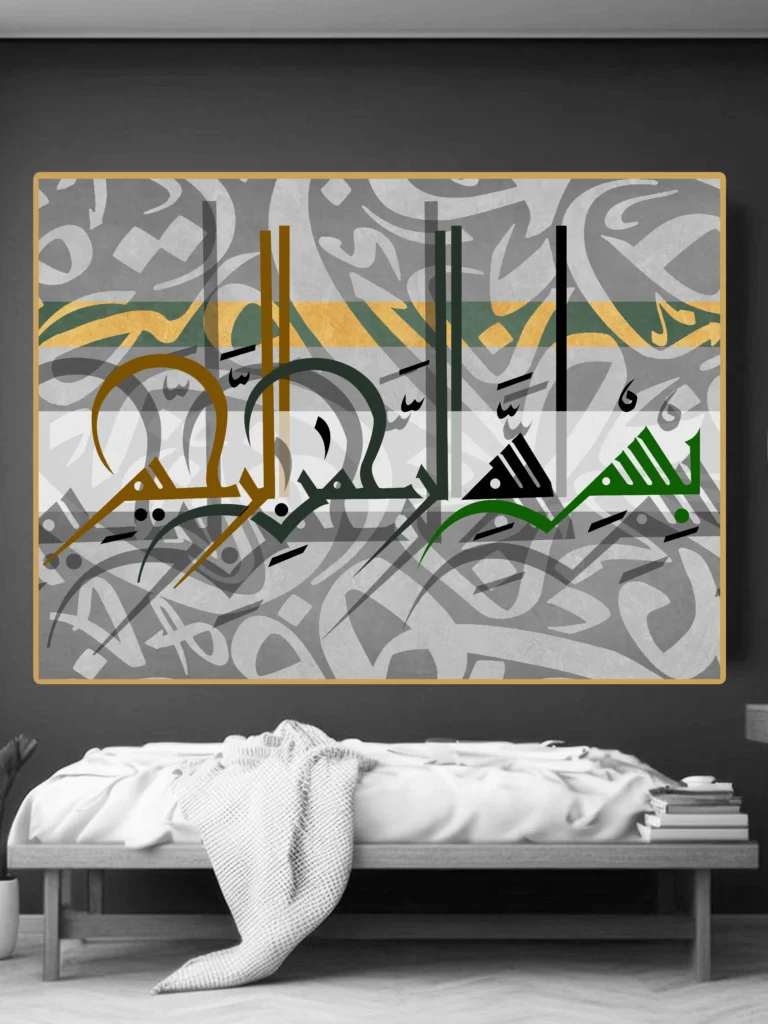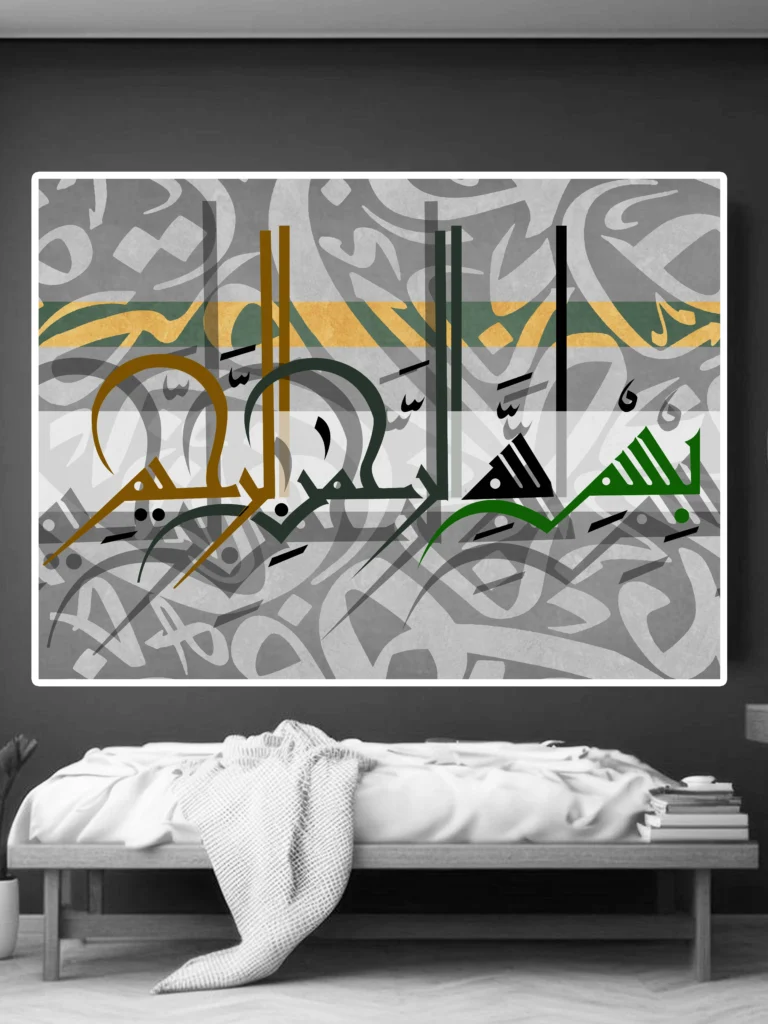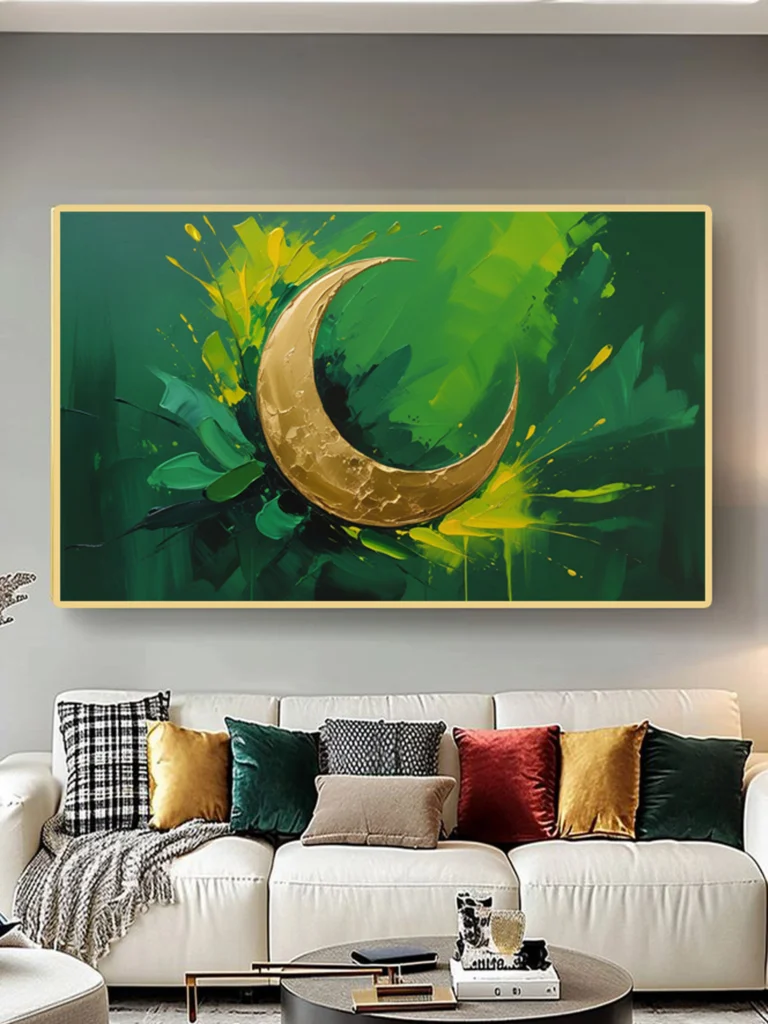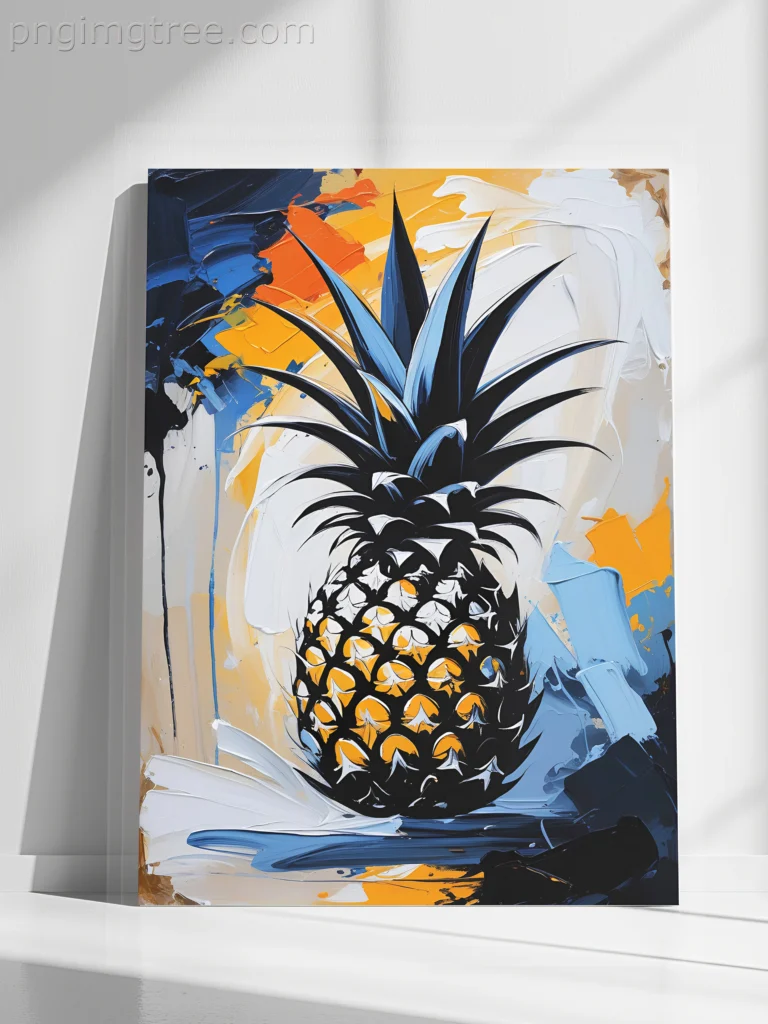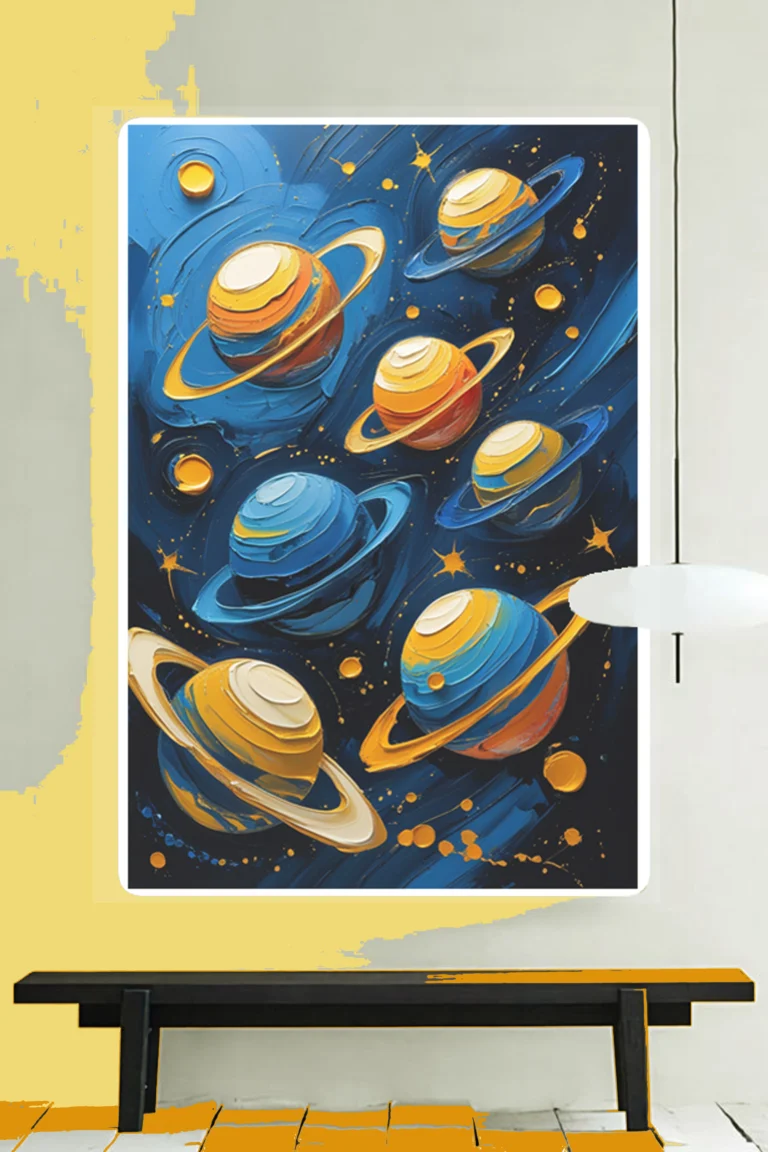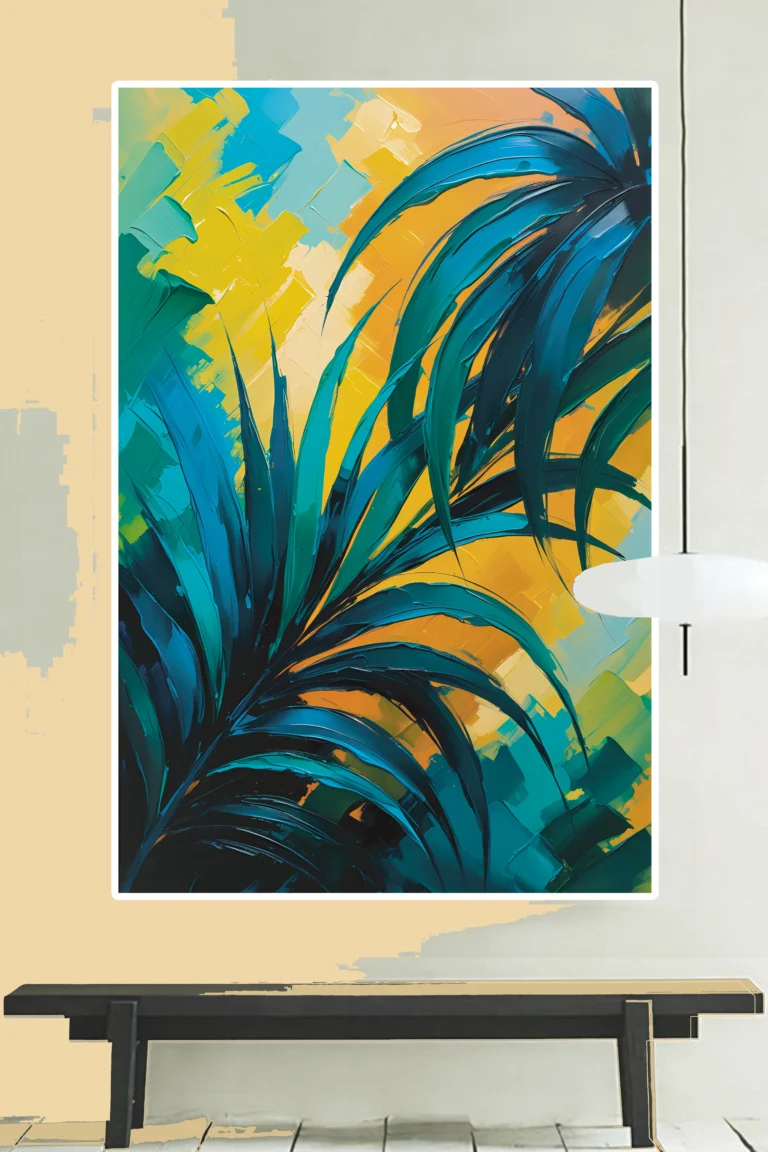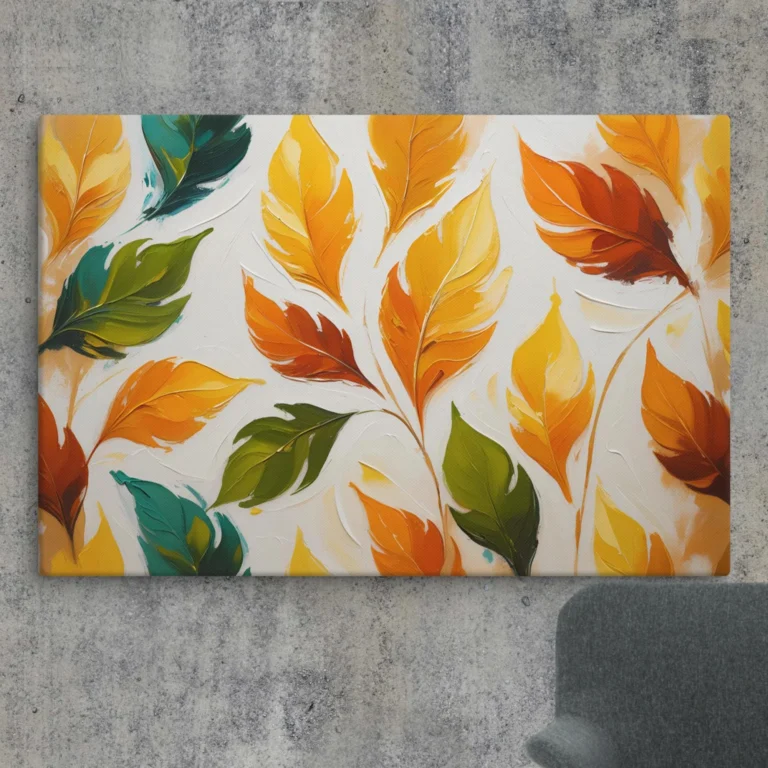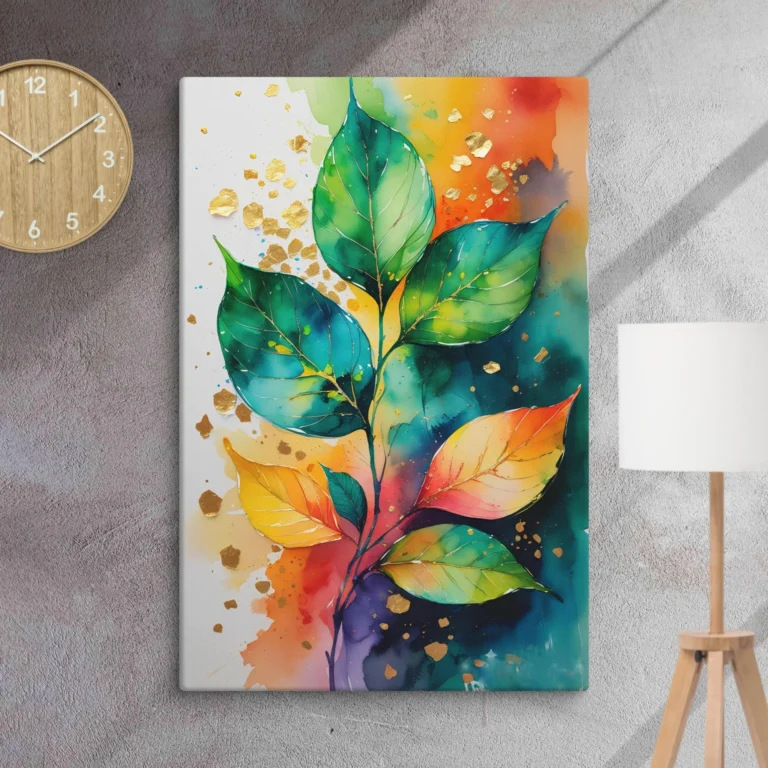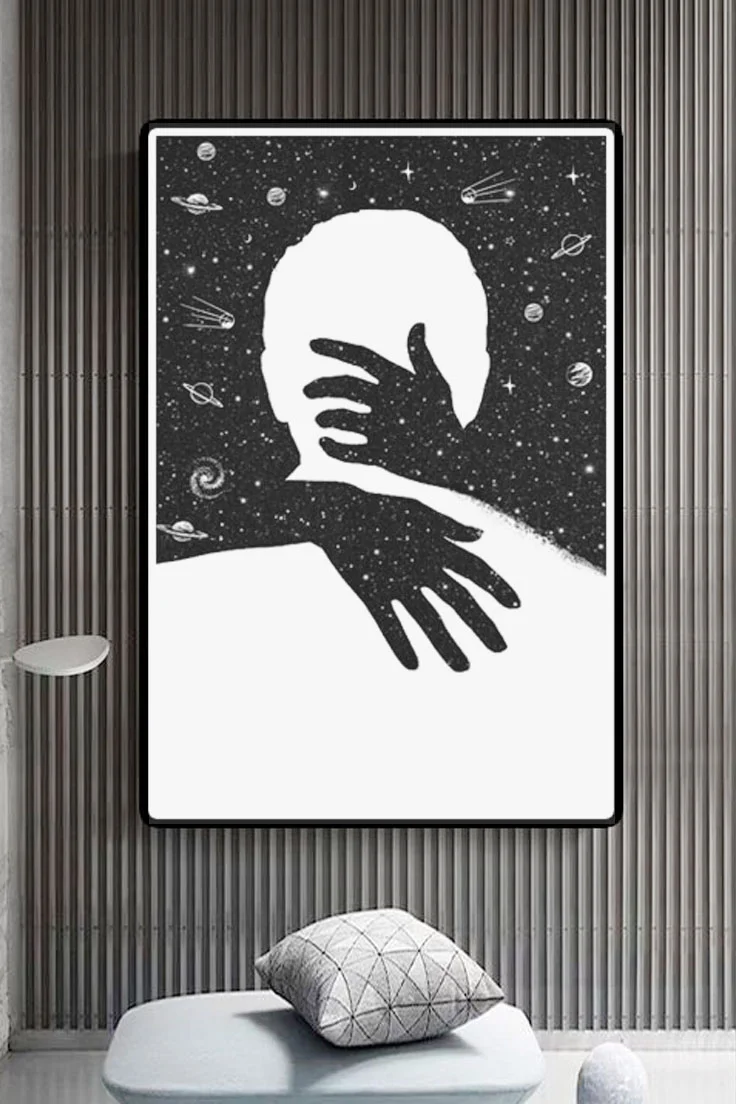Cat Colours And Patterns
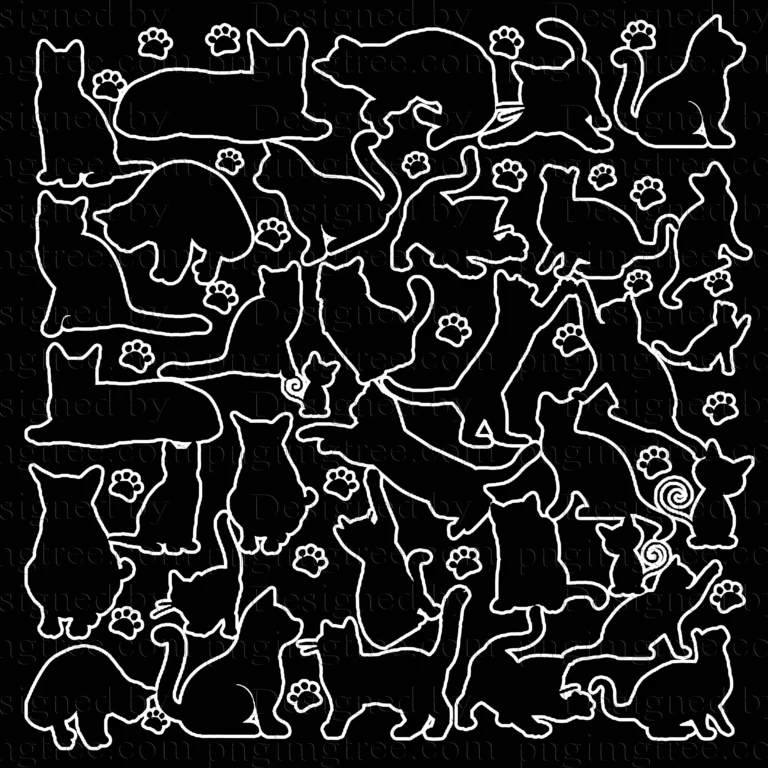
Black and White Cat
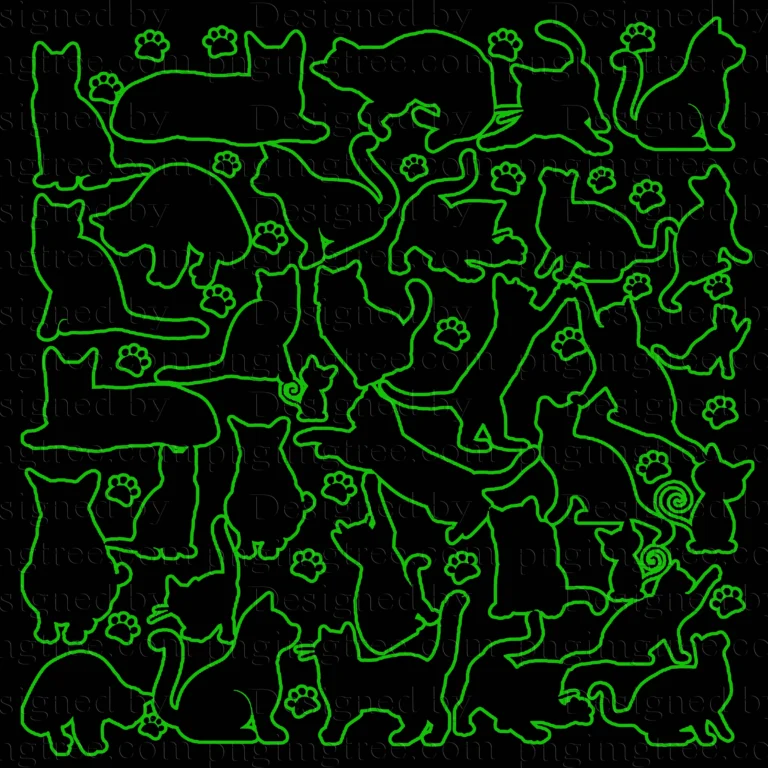
Cute Cat Pic
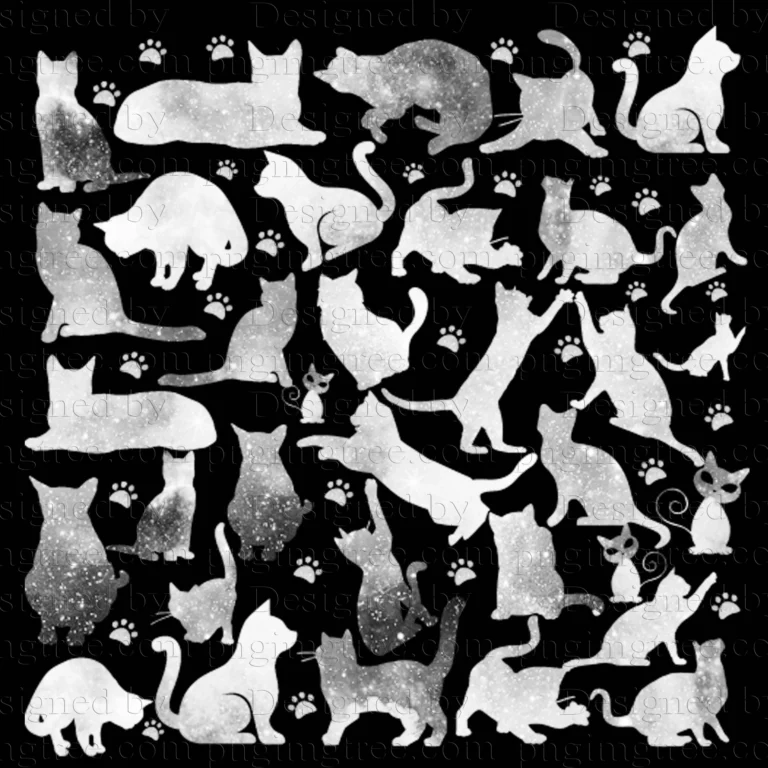
Black and White Cat

Black Cute Cat
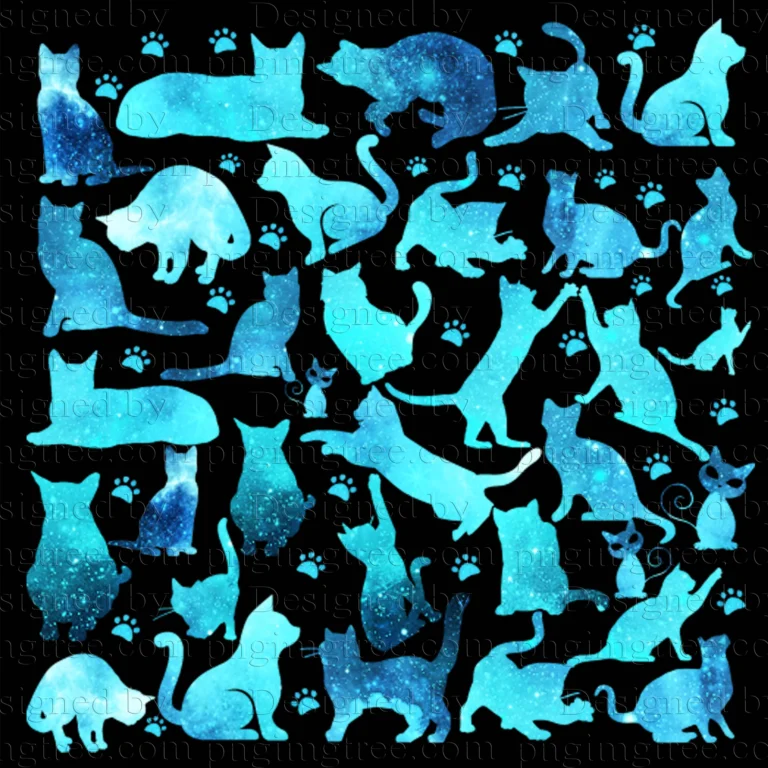
Cat Tabby Patterns
Cats come in a stunning variety of Cat colours and patterns, each with its own genetic secrets and unique charm. Whether you’re a cat lover, breeder, or just curious about feline genetics, this optimized guide will explore:
- The science behind Cat colours and patterns (genes that create black, white, orange, and more)
- All major Cat colours and patterns (tabby, tortoiseshell, calico, etc.)
- Rarest and most unique cat colors (lavender, chinchilla, and more)
- How environment and health affect coat color
- Fun facts about famous colored cats in history
By the end, you’ll be able to identify every major cat coat type—and maybe even predict what color kittens will be!
1. The Genetics of Cat colours and patterns: What Determines Fur Pigmentation?
A Cat colours and patterns is determined by two key pigments:
- Eumelanin (black/brown)
- Pheomelanin (red/orange)
Key Genes That Control Cat colours and patterns
| Gene | Effect on Coat | Example |
| B (Black) | Controls darkness (black vs. chocolate) | Black vs. Chocolate Persian |
| O (Orange) | Makes fur red/orange (sex-linked) | Ginger tabby |
| W (White) | Masks all other colors | Pure white Turkish Angora |
| D (Dilute) | Lightens colors (gray, cream) | Blue (gray) Russian Blue |
Fun Fact: Male cats only need one “O” gene to be orange, while females need two—which is why 80% of orange tabbies are male!
2. Cat colours and patterns: From Tabby to Tortie
A. Tabby Patterns (The Most Common)
All cats genetically have tabby markings, but some colors hide them.
| Type | Description | Example Breed |
| Classic (Blotched) | Swirling, marble-like patterns | American Shorthair |
| Mackerel | Thin, tiger-like stripes | Bengal |
| Spotted | Leopard-like spots | Egyptian Mau |
| Ticked | Fur has alternating bands of color | Abyssinian |
B. Tortoiseshell & Calico (The “Tortie Attitude”)
- Tortoiseshell – Mix of black + orange (no white).
- Calico – Black + orange + white patches (mostly female due to genetics).
- Dilute Tortie/Calico – Gray + cream instead of black/orange.
Why are most calicos female? The gene for orange/black is on the X chromosome, so males rarely inherit both.
C. Solid Colors (No Visible Patterns)
- Black, White, Blue (gray), Cream, Chocolate
- Red (Orange) – Often shows faint tabby stripes.
D. Rare & Unique Patterns
| Pattern | Description | Rarity |
| Colorpoint (Siamese pattern) | Dark face/ears, light body | Common in Siamese |
| Smoke | Solid at roots, silver-tipped | Rare (e.g., Smoke Persian) |
| Chinchilla | White with dark tips | Found in Persians |
3. The Rarest Cat colours and patterns in the World
Some Cat colours and patterns are extremely rare due to genetic mutations:
A. Lavender (Lilac)
- A diluted chocolate color (pale grayish-pink).
- Seen in Oriental Shorthairs.
B. Cinnamon
- A warm, reddish-brown (lighter than chocolate).
- Found in Abyssinians & Somalis.
C. Amber (Unique to Norwegian Forest Cats)
- Starts dark, lightens with age to a golden hue.
D. Chimera (Two-Faced Cat)
- Two distinct colors split down the face (due to fused embryos).
- Famous example: Venus the Two-Faced Cat.
4. Do Cat colours and patterns Affect Personality?
While no scientific proof links color to personality, some fun stereotypes exist:
- Orange tabbies – Friendly, bold (“Garfield syndrome”).
- Tortoiseshells – Sassy (“tortitude”).
- White cats – Shy (linked to deafness in some breeds).
Fact: Deafness is more common in white cats with blue eyes due to the W gene.
5. Can a Cat colours and patterns Change?
Yes! Due to:
- Age (Siamese cats darken with cold temperatures).
- Sun bleaching (black cats turn rusty in sunlight).
- Health issues (nutritional deficiencies can dull fur).
6. Famous Cats with Unique Colors
- Grumpy Cat – Rare “muted calico” with dwarfism.
- Lil Bub – “Perpetual kitten” with gray tabby fur.
- Hamilton the Hipster Cat – Chimera with a two-tone mustache.
Conclusion: A Rainbow of Feline Beauty
From classic tabbies to ultra-rare chimeras, cat coats are a masterpiece of genetics. Next time you see a cat, try guessing its color genes—you might be surprised!
FAQs About Cat colours and patterns
Q: Can two black cats have an orange kitten?
A: Yes! If both carry the hidden orange gene.
Q: What’s the rarest cat eye color?
A: Odd-eyed cats (one blue, one green/yellow).
Q: Do purple cats exist?
A: No, but “lilac” cats look slightly lavender.
Q: Why do some black cats “rust” in sunlight?
A: Sun exposure breaks down pigment, creating a reddish tint.
Summary:
The Ultimate Great Guide to Cat Colours and Patterns: Genetics, Rarities & Beauty {Trend 2025}
1. The Genetics of Cat colours and patterns: What Determines Fur Pigmentation?
2. Cat colours and patterns: From Tabby to Tortie
3. The Rarest Cat colours and patterns in the World
4. Do Cat colours and patterns Affect Personality?
5. Can a Cat colours and patterns Change?
6. Famous Cats with Unique Colors

